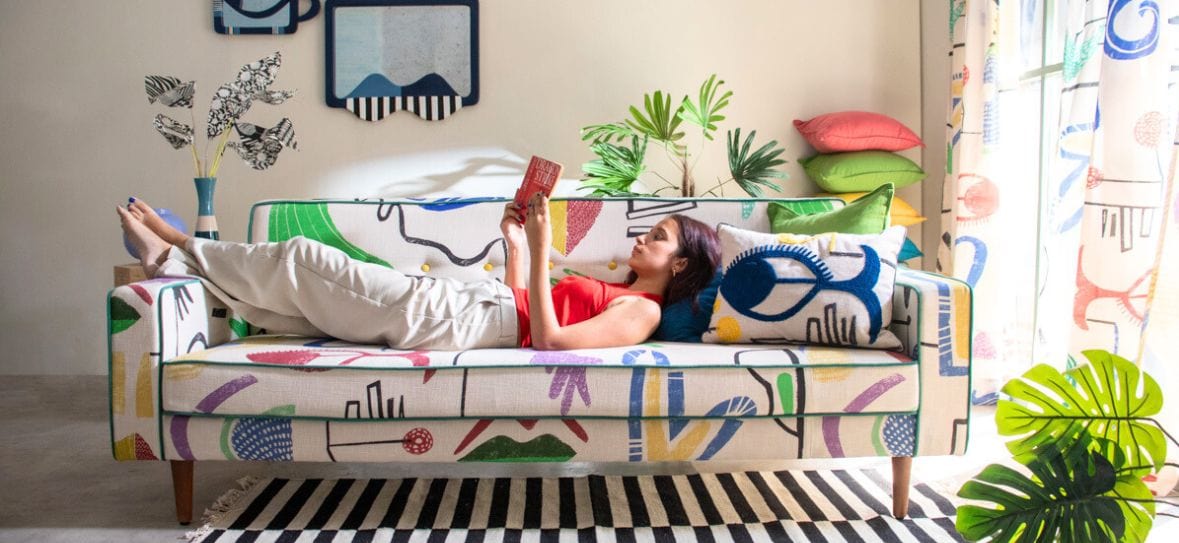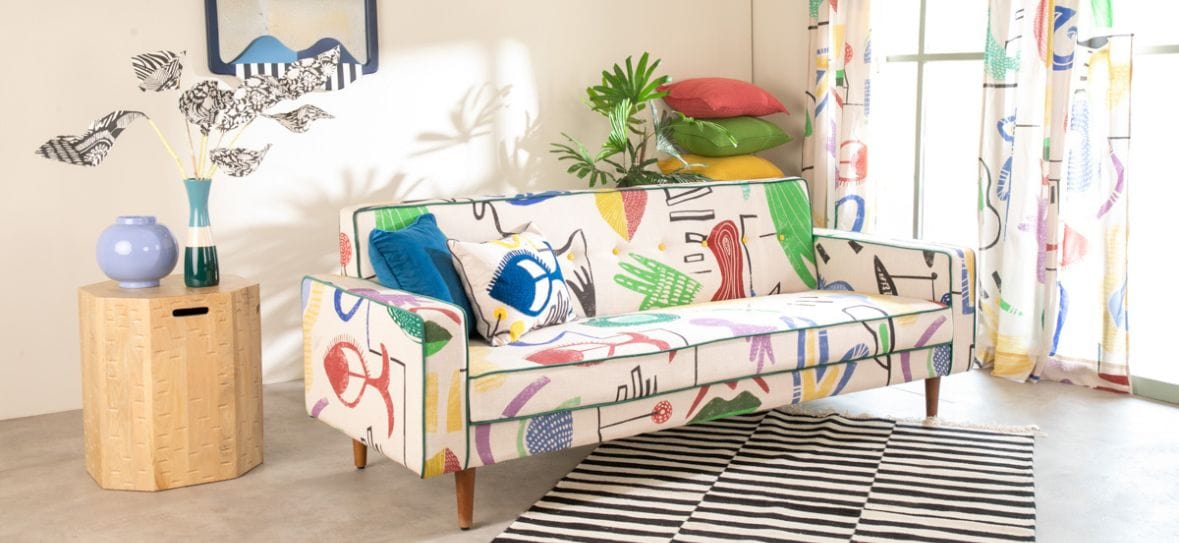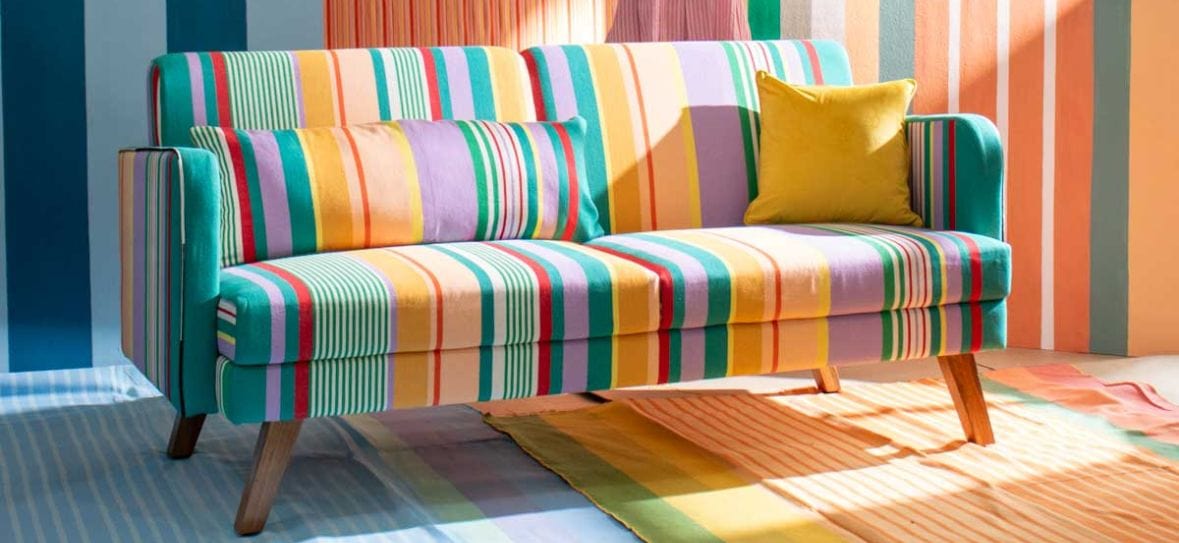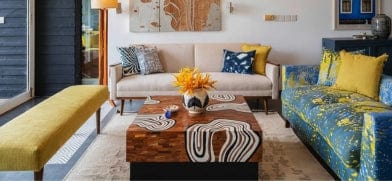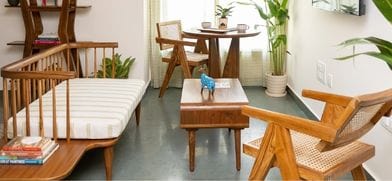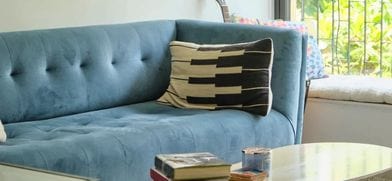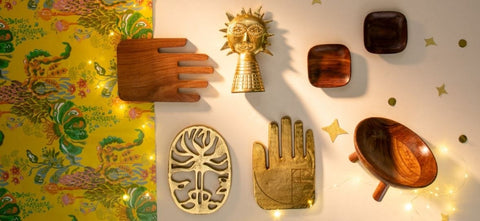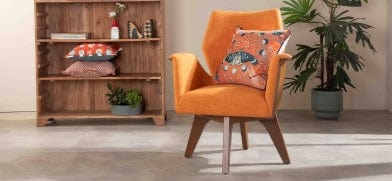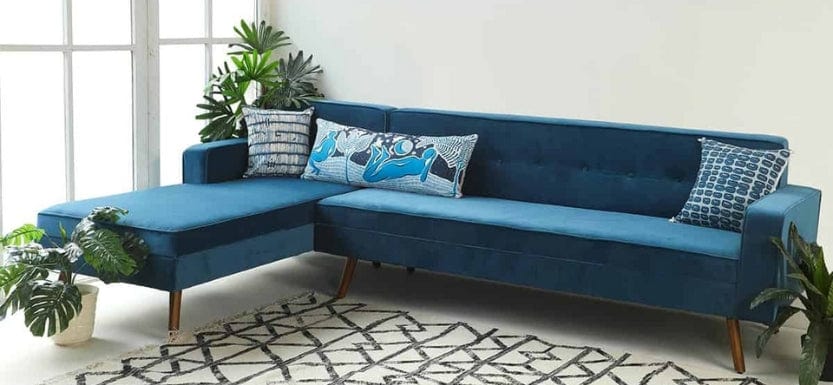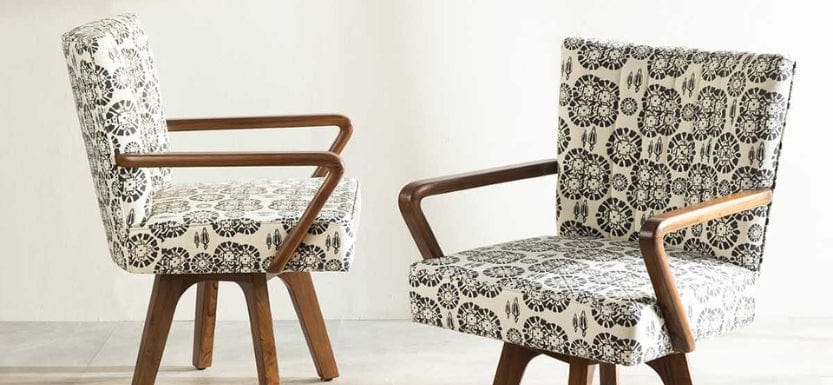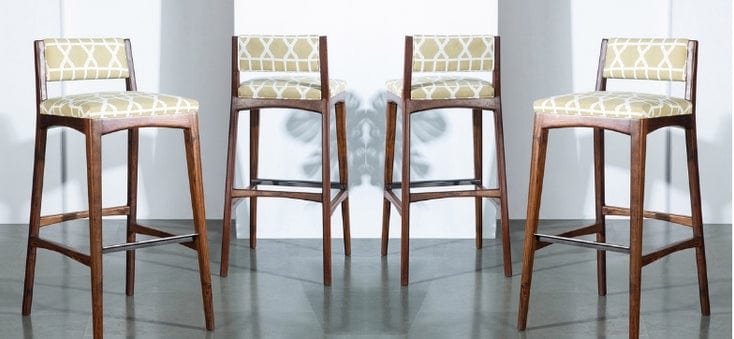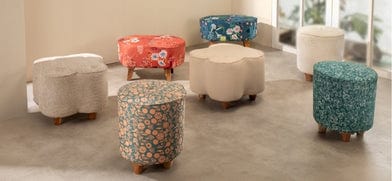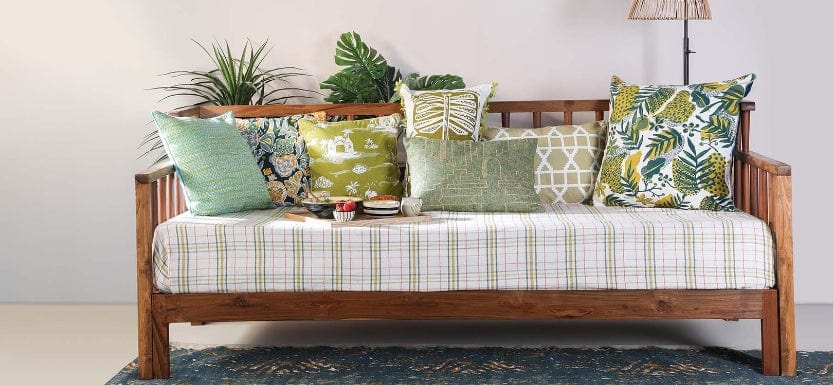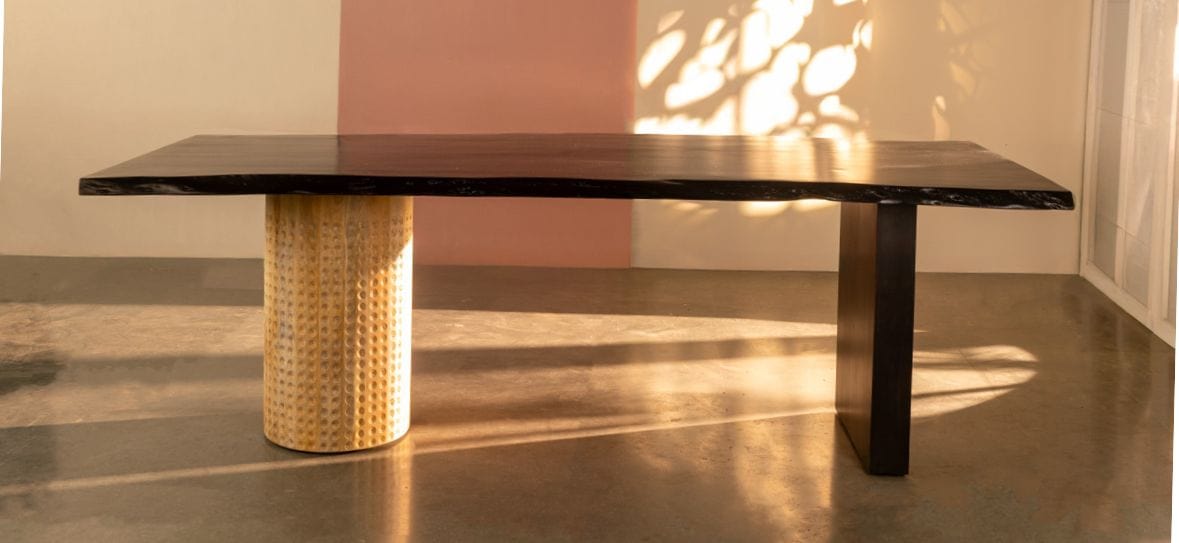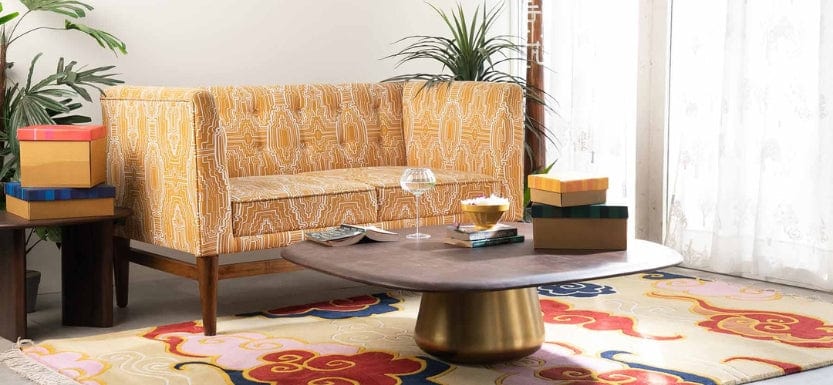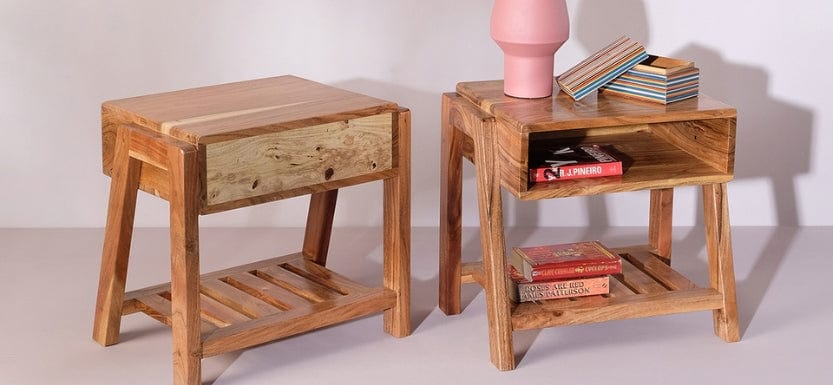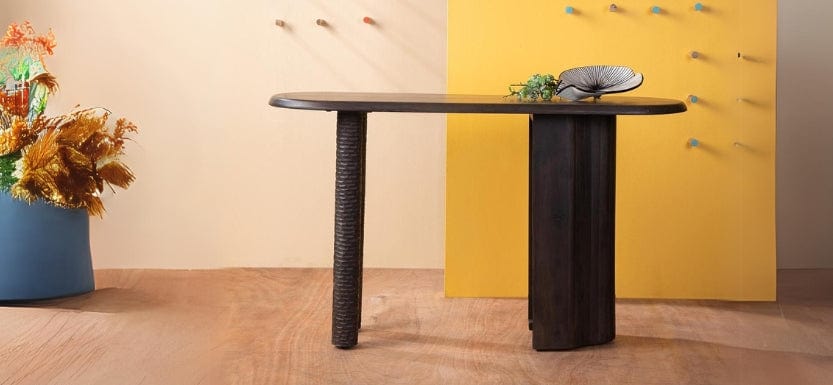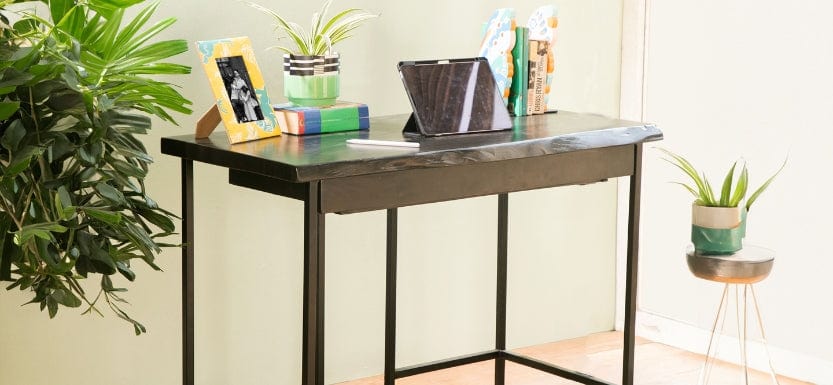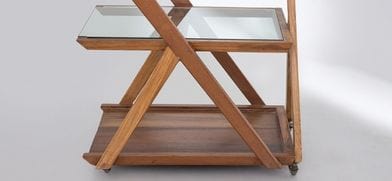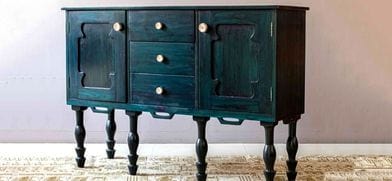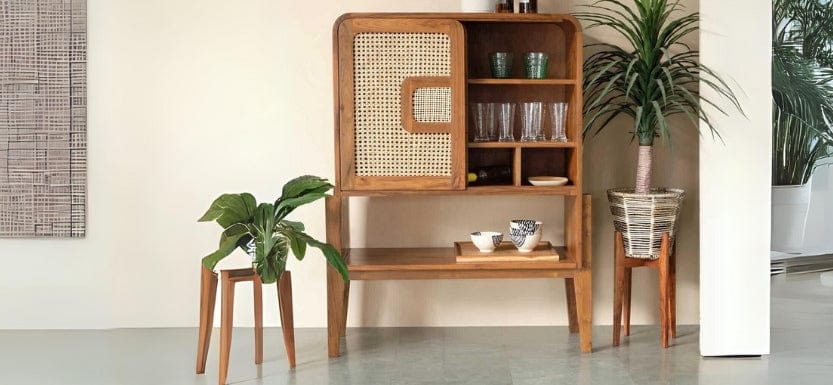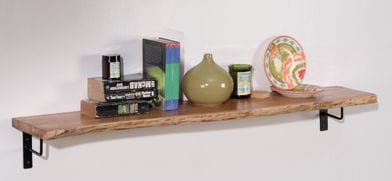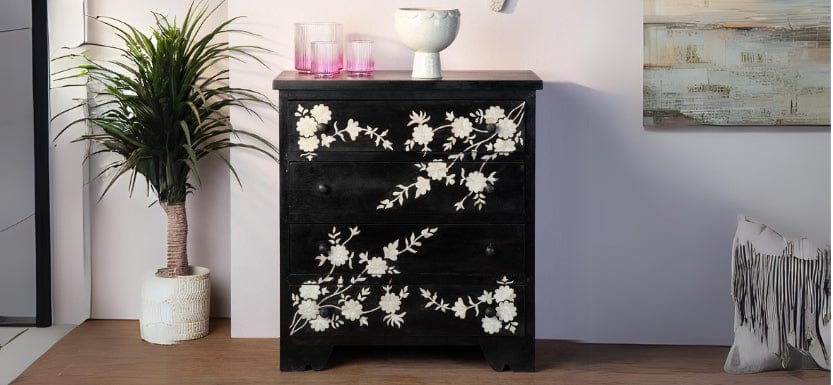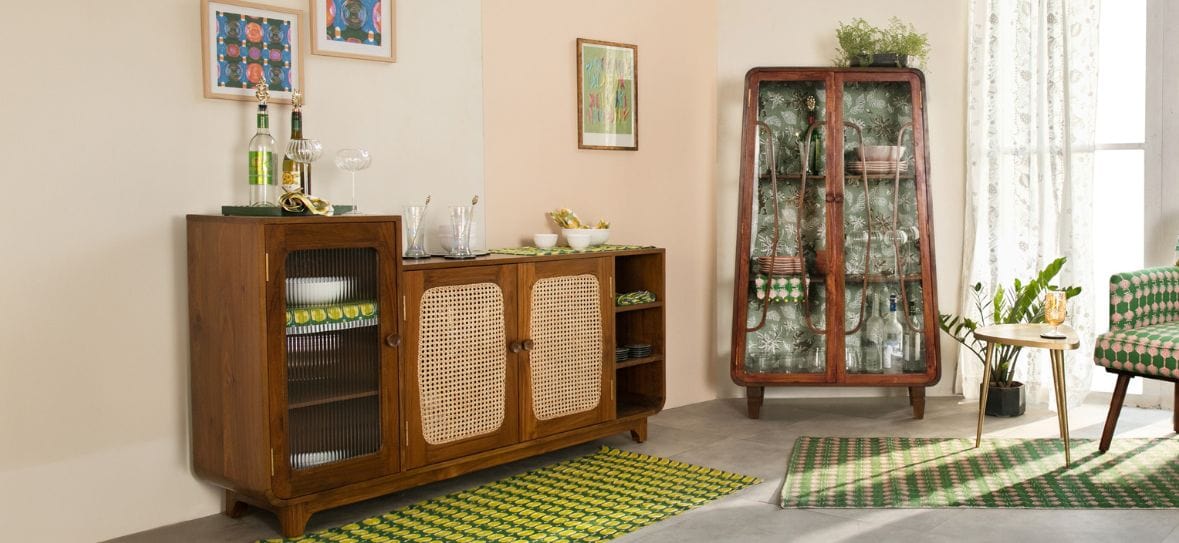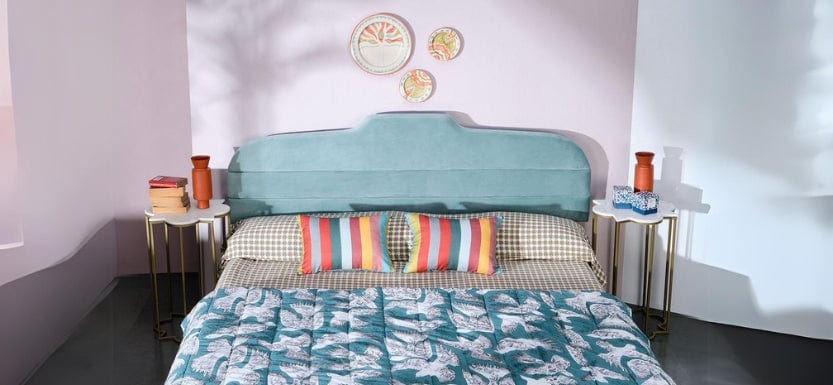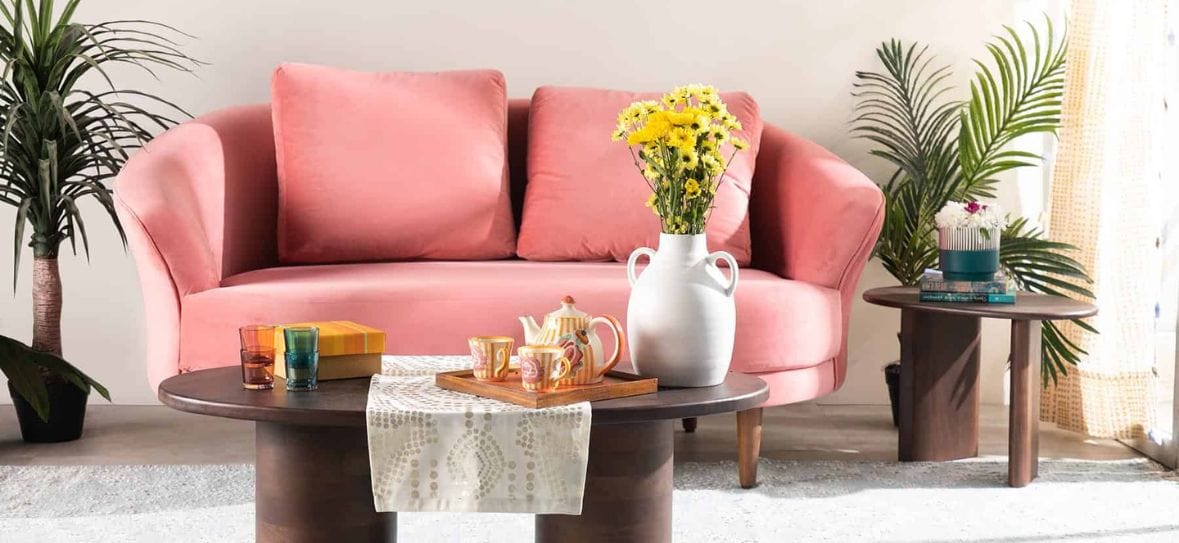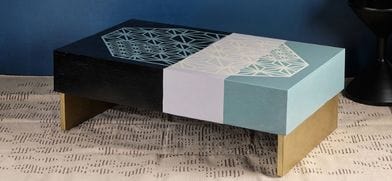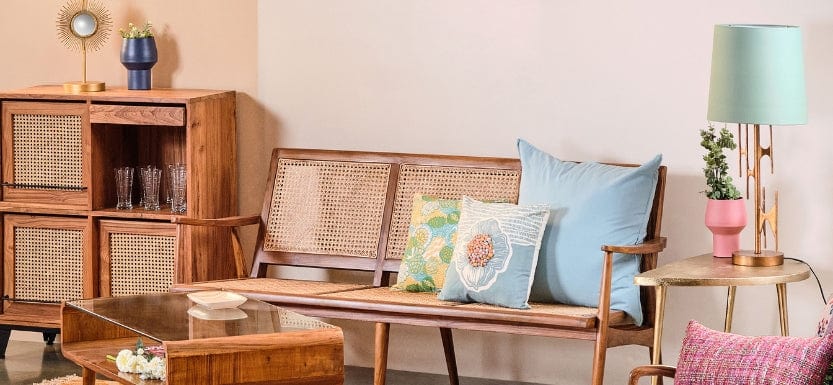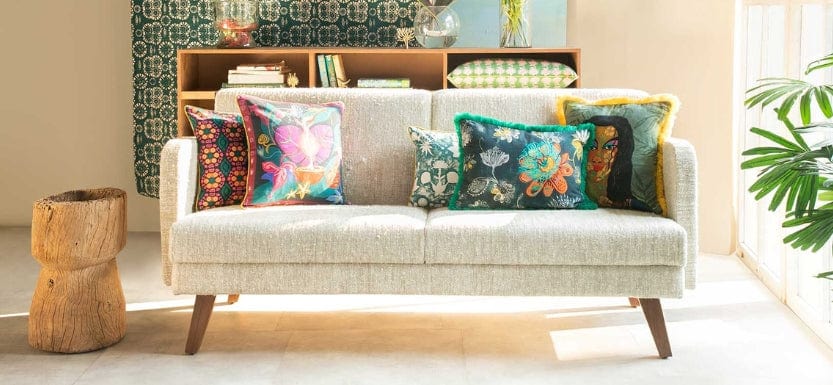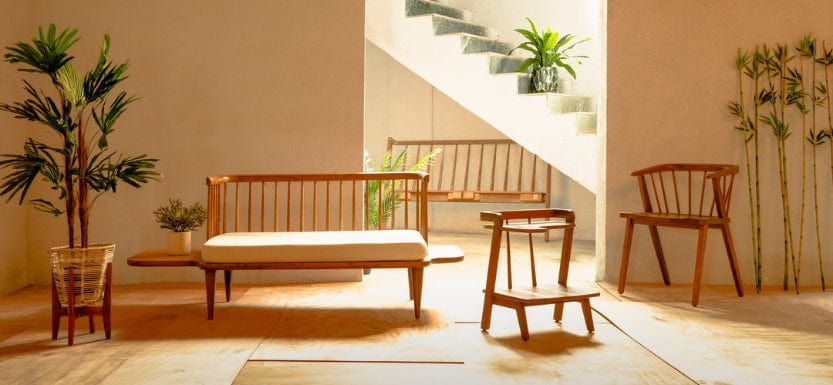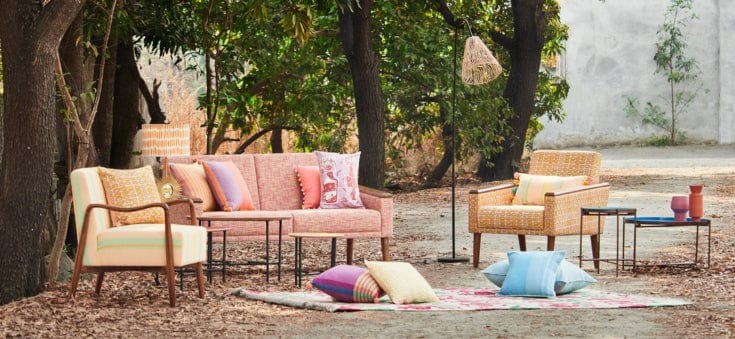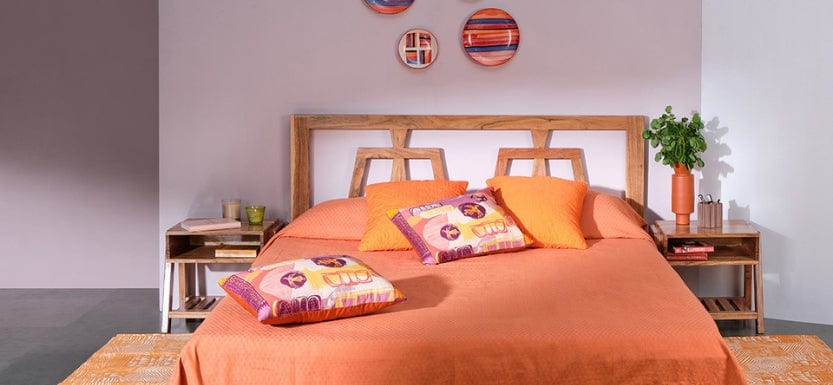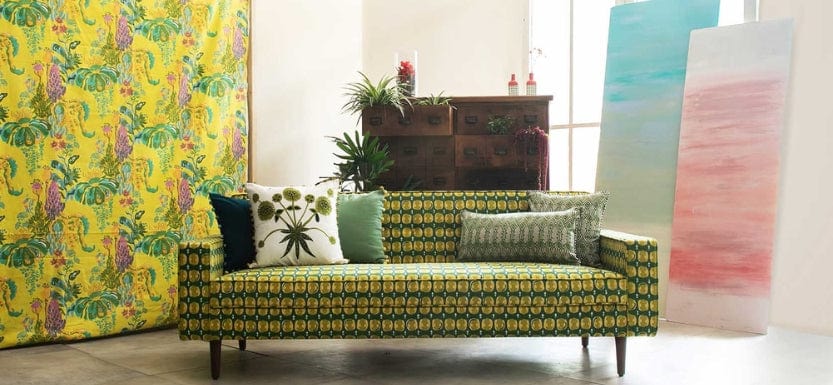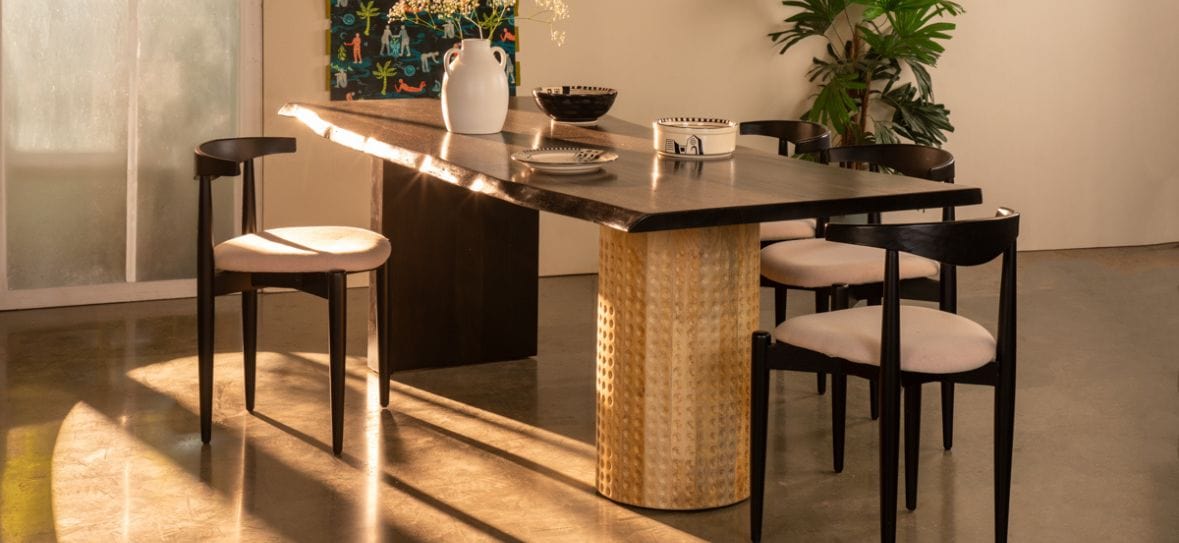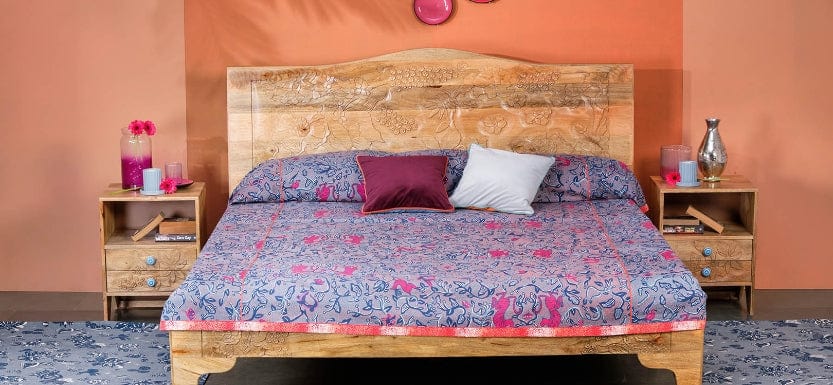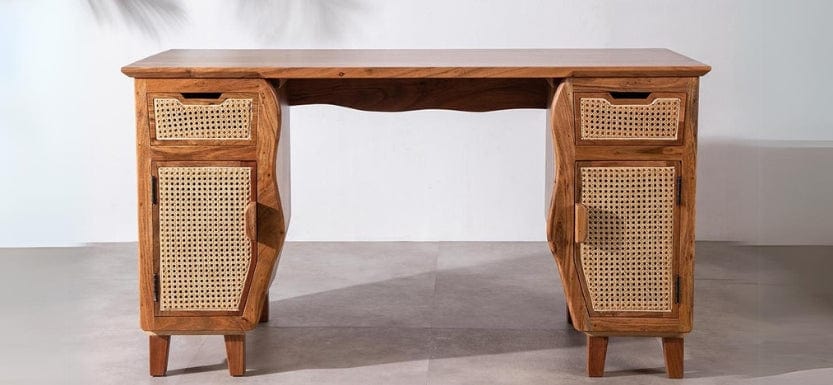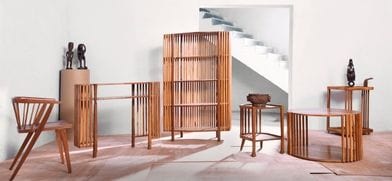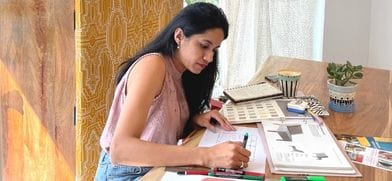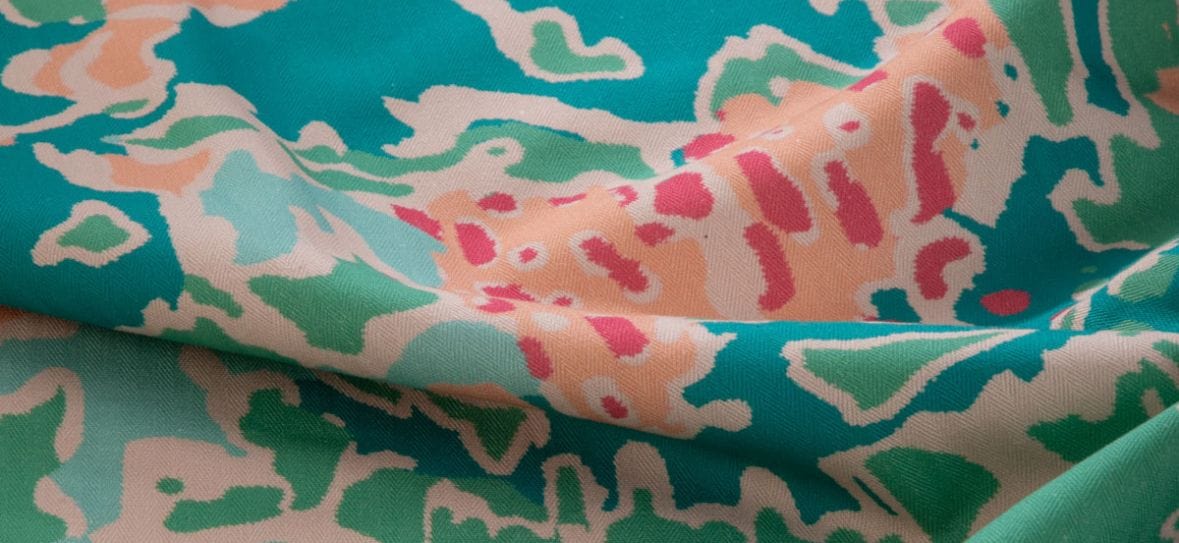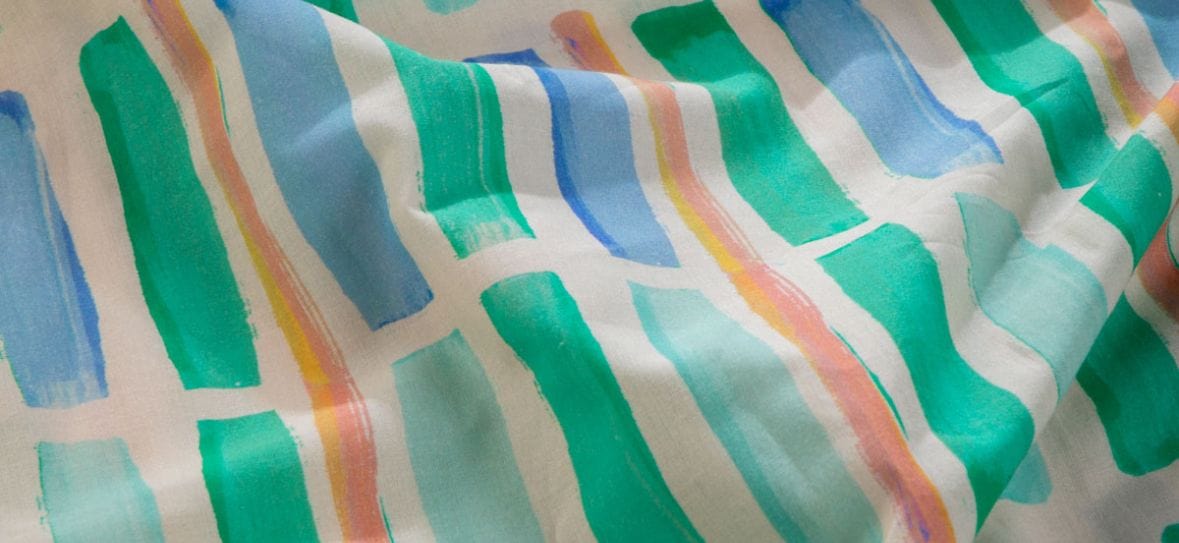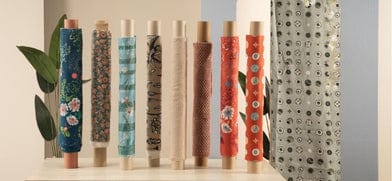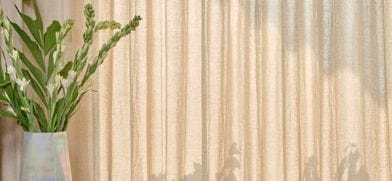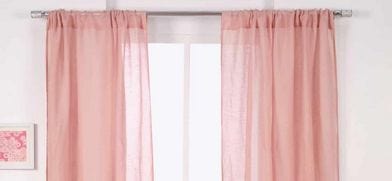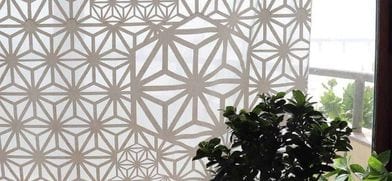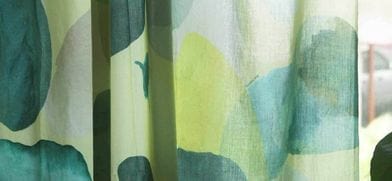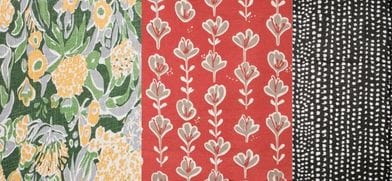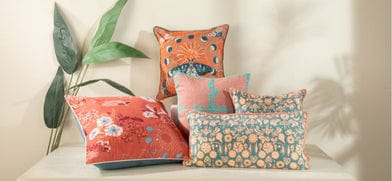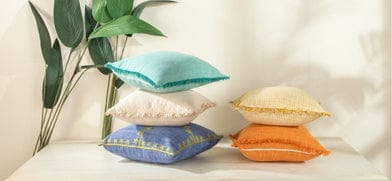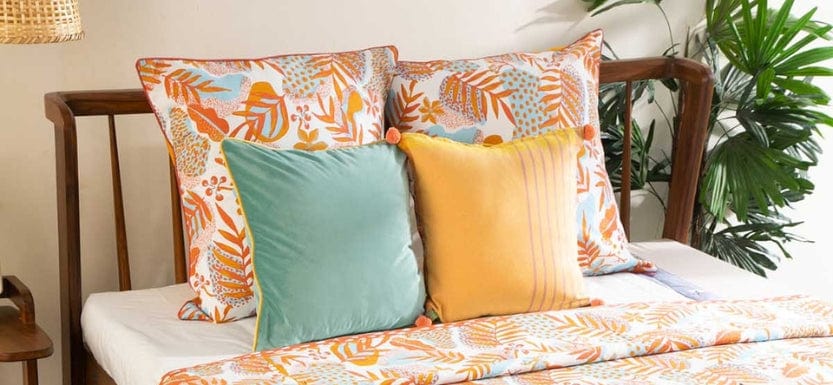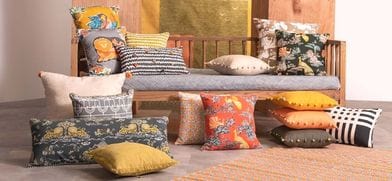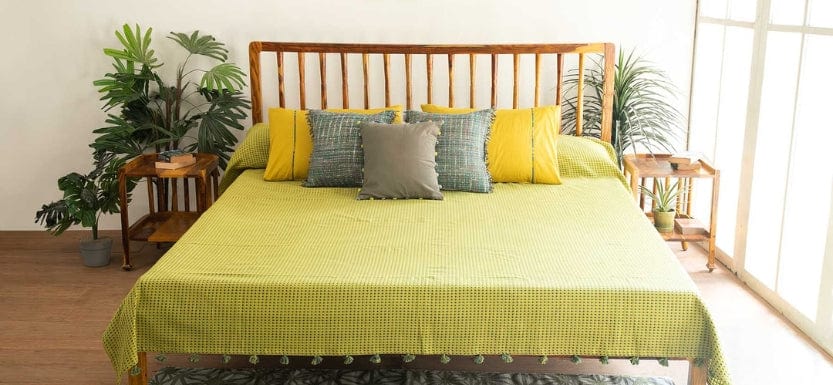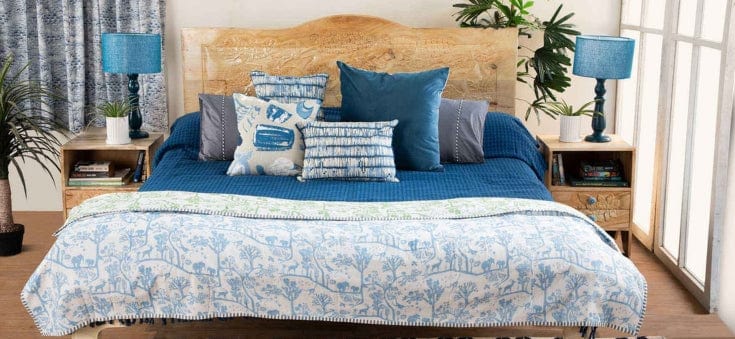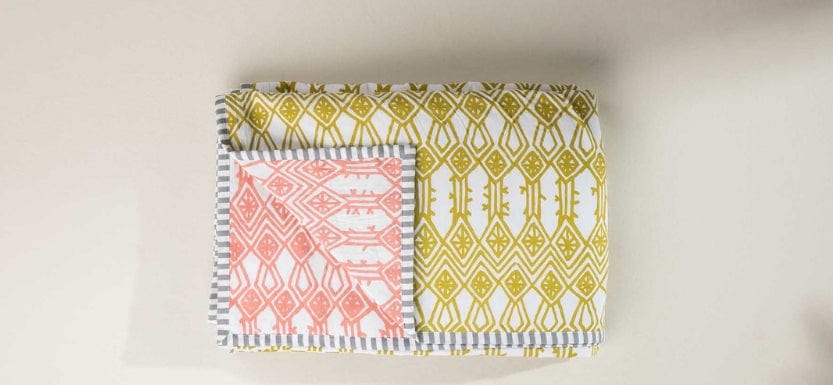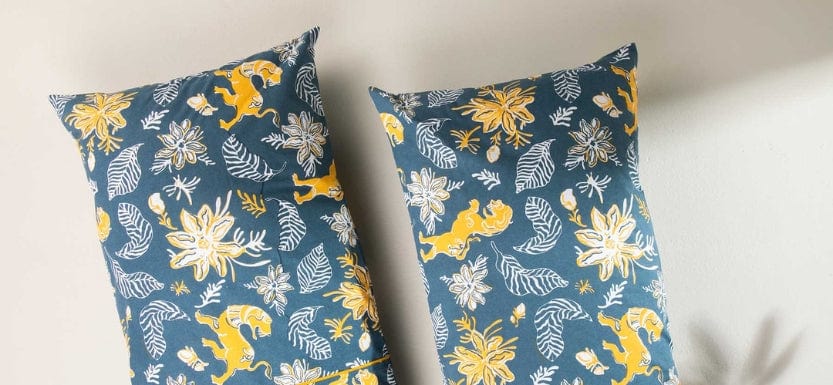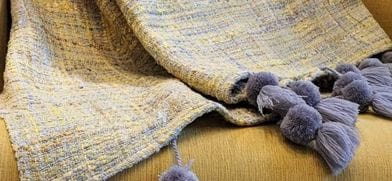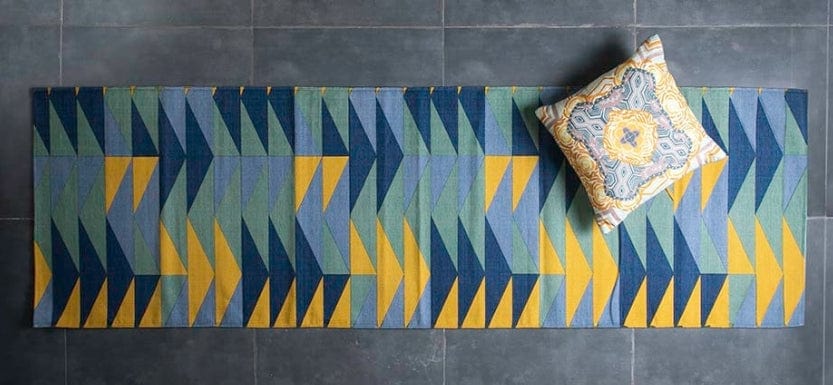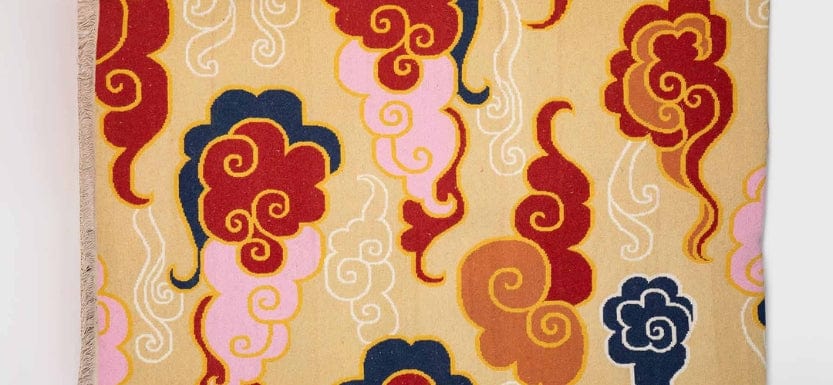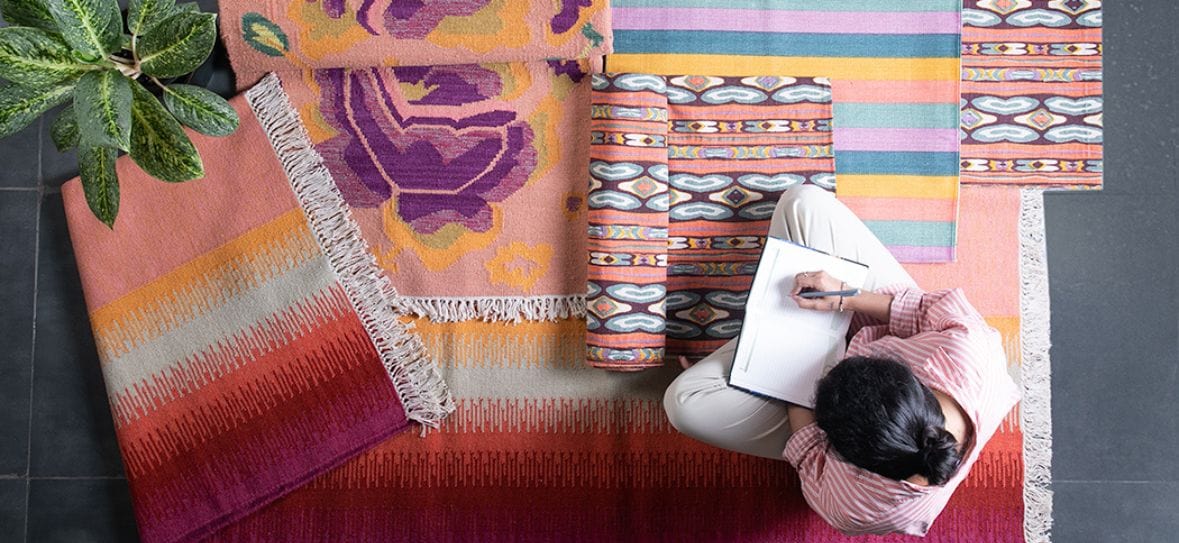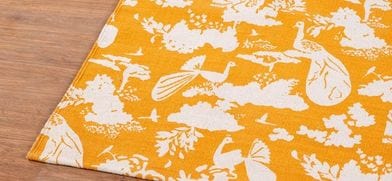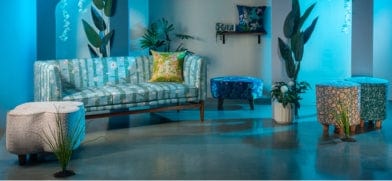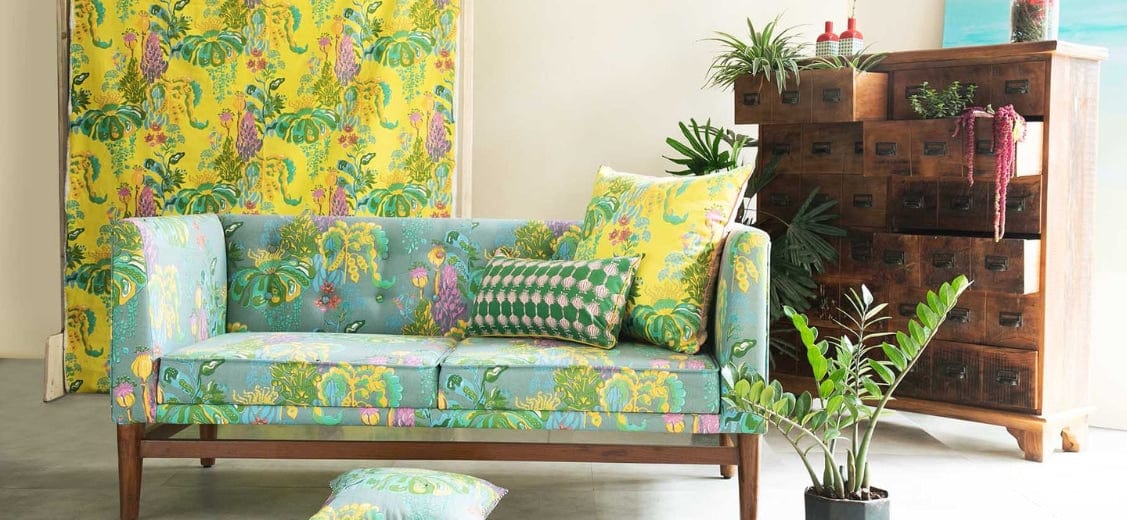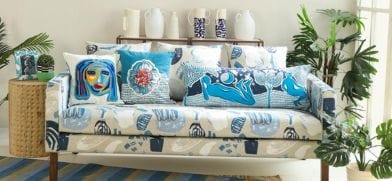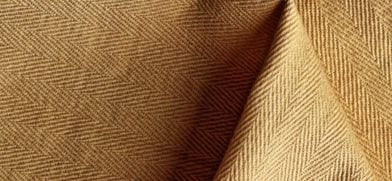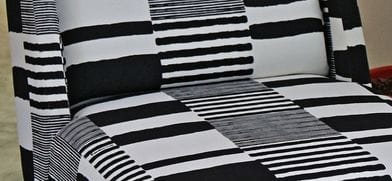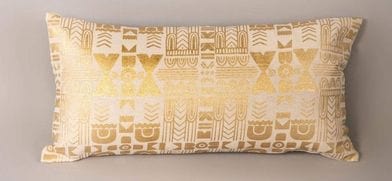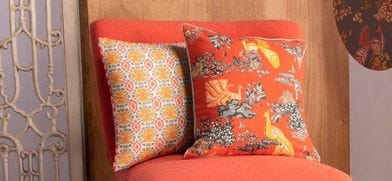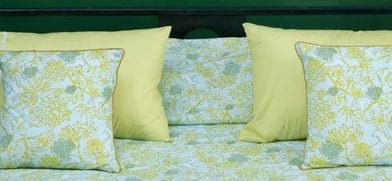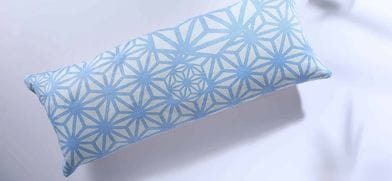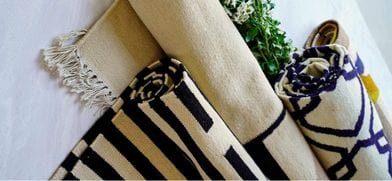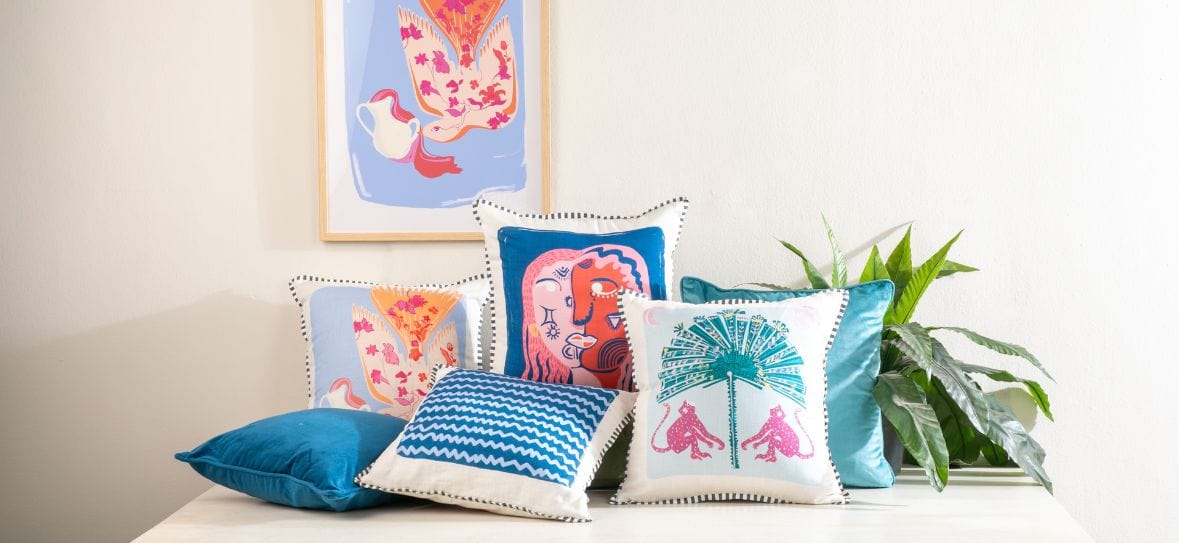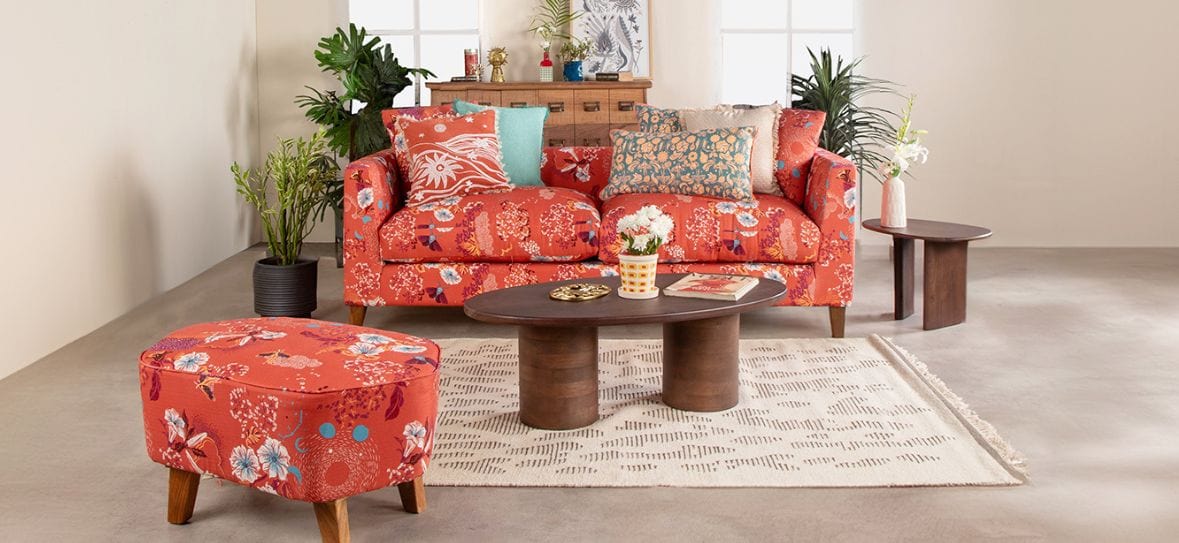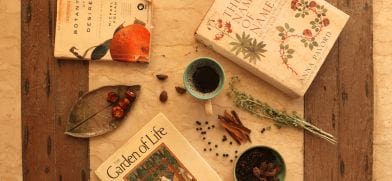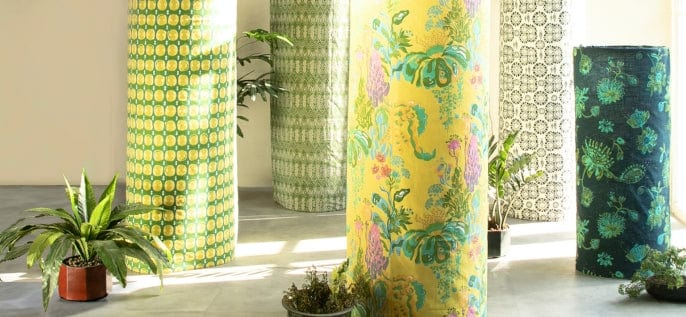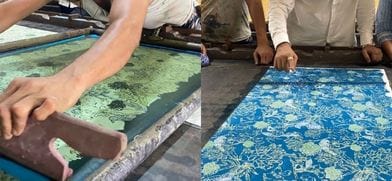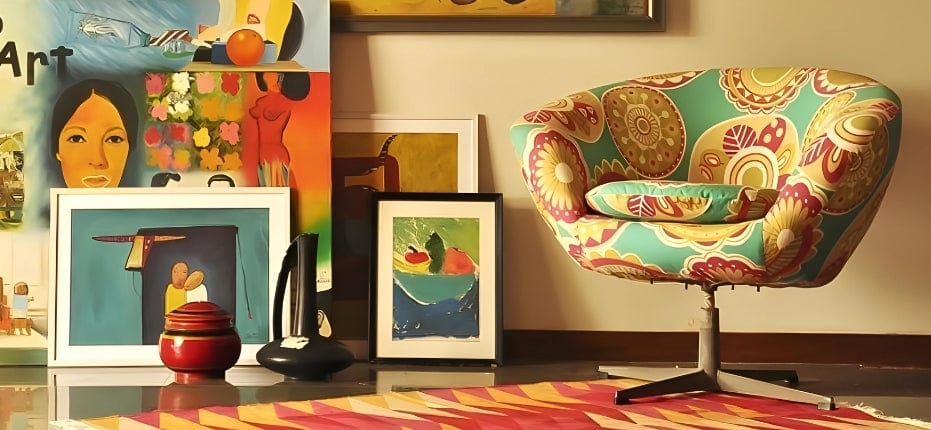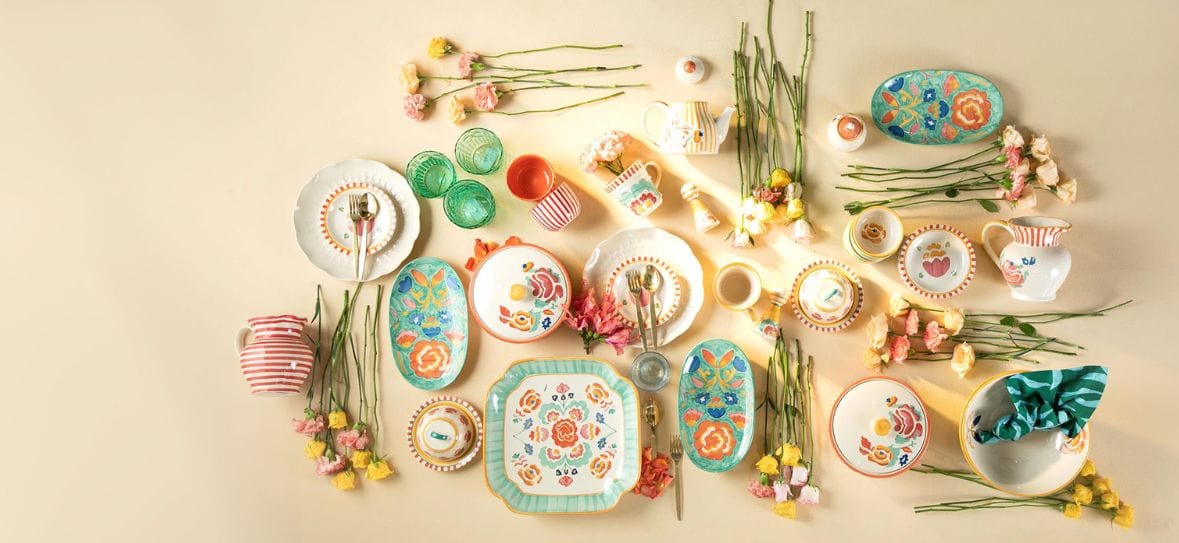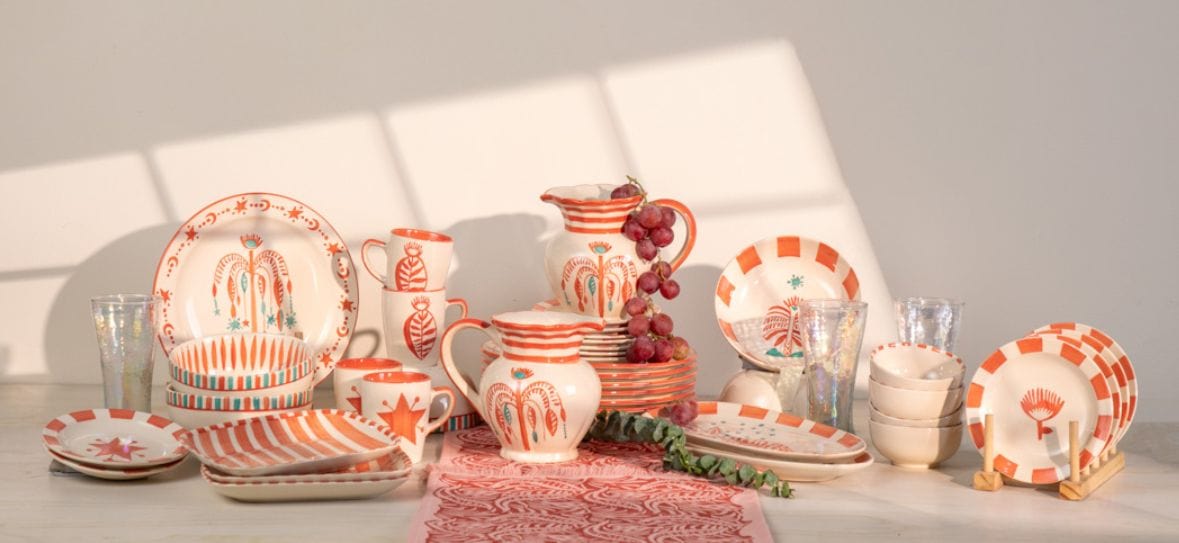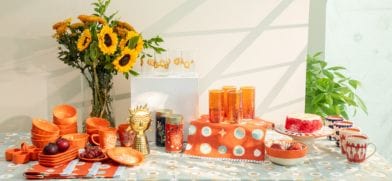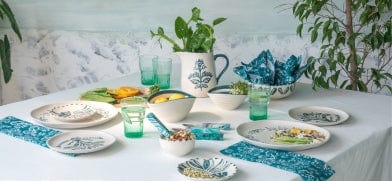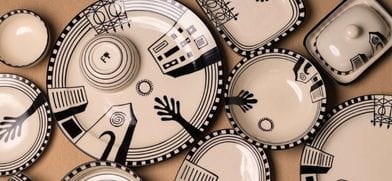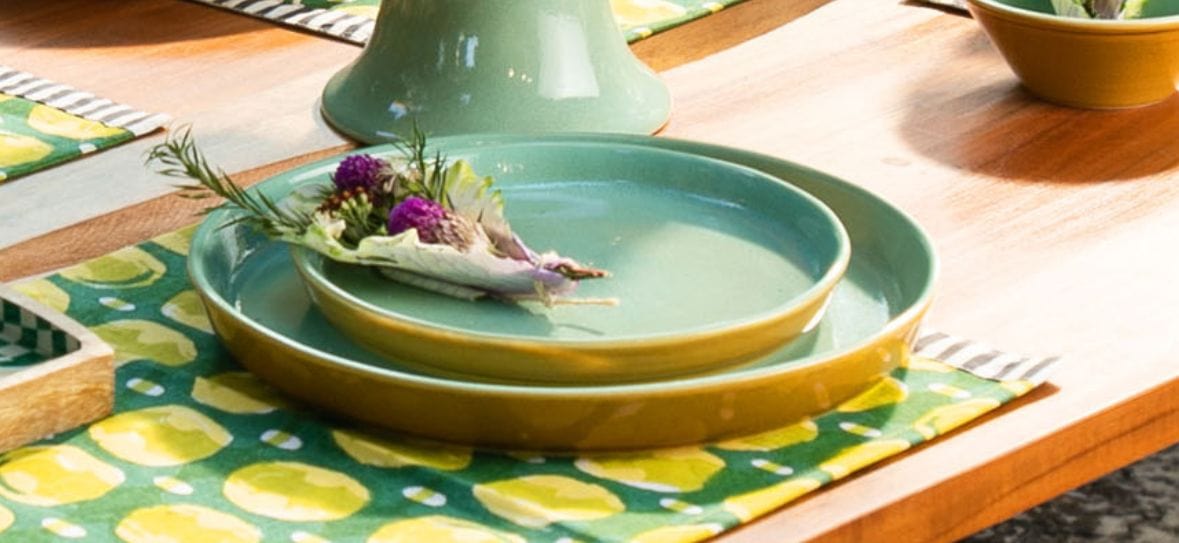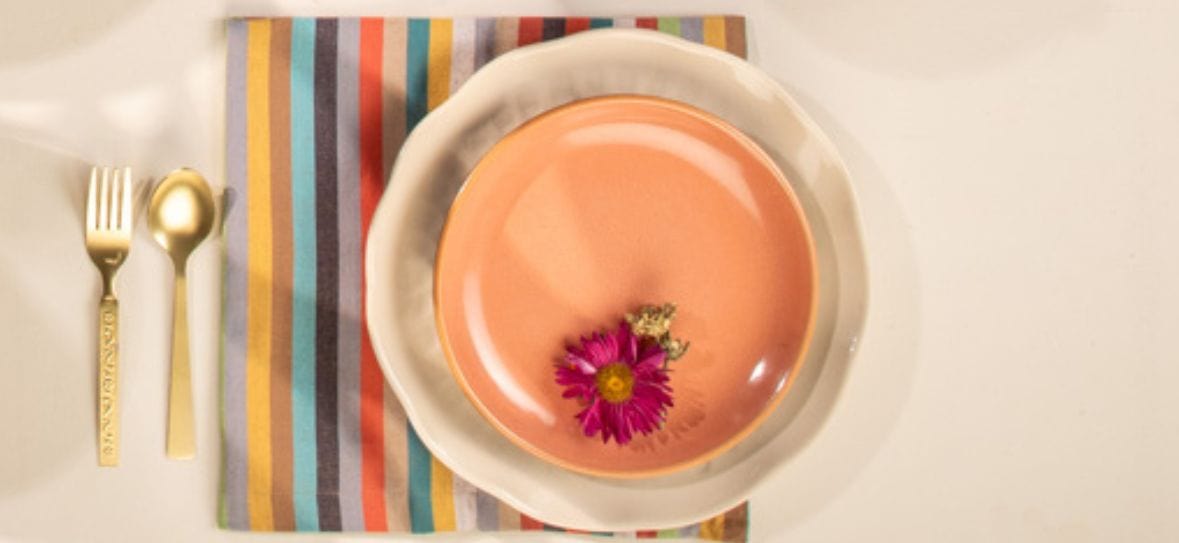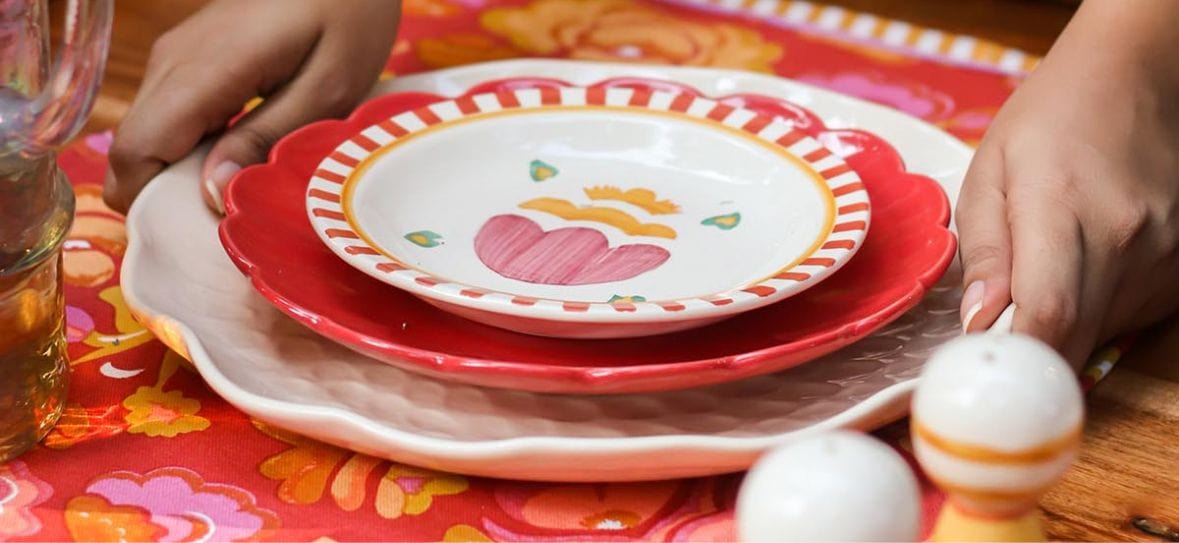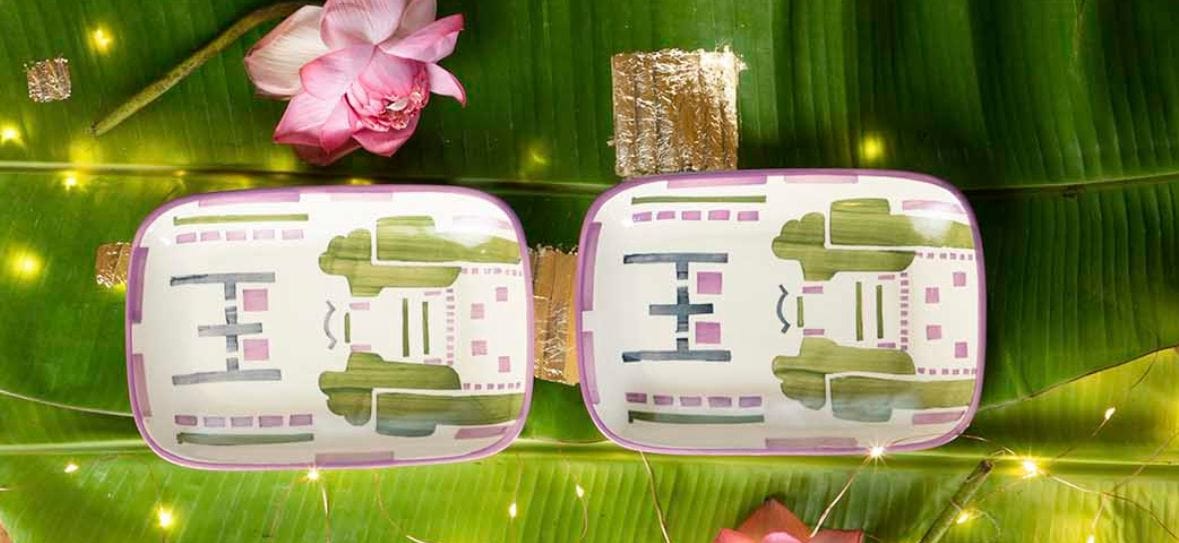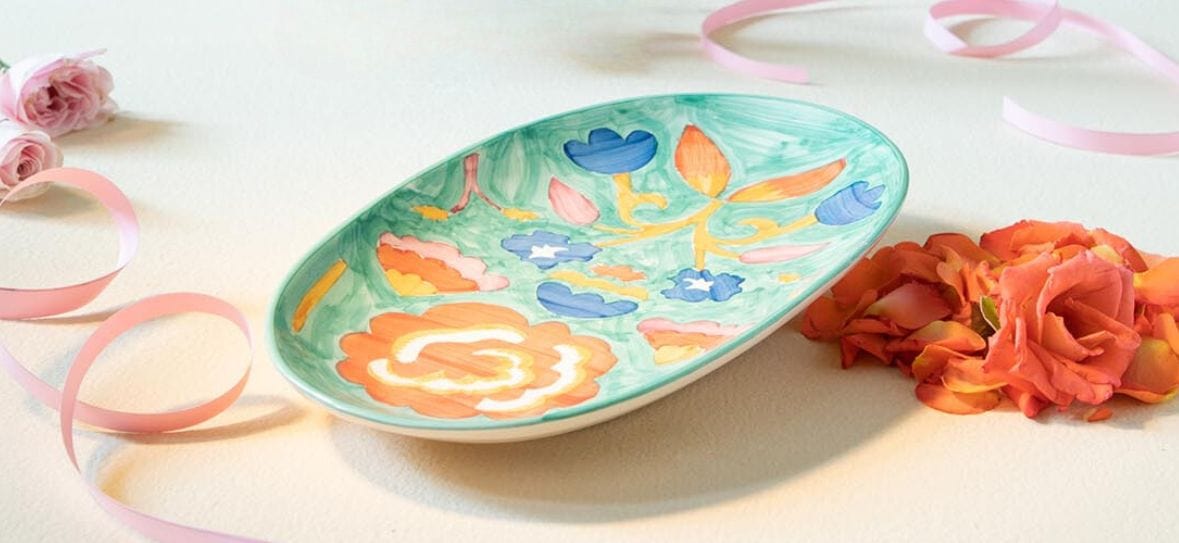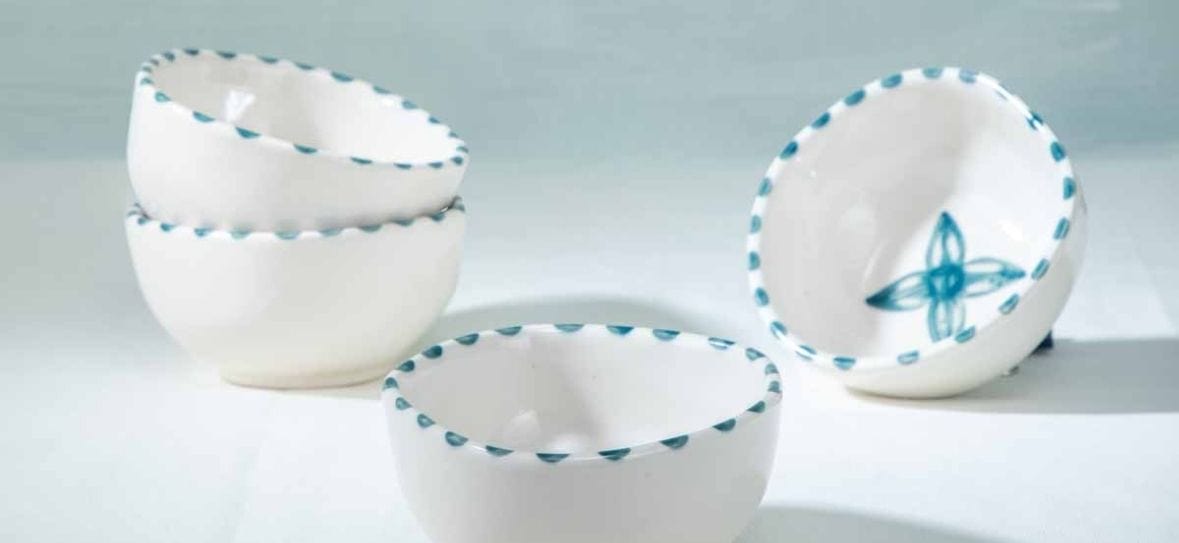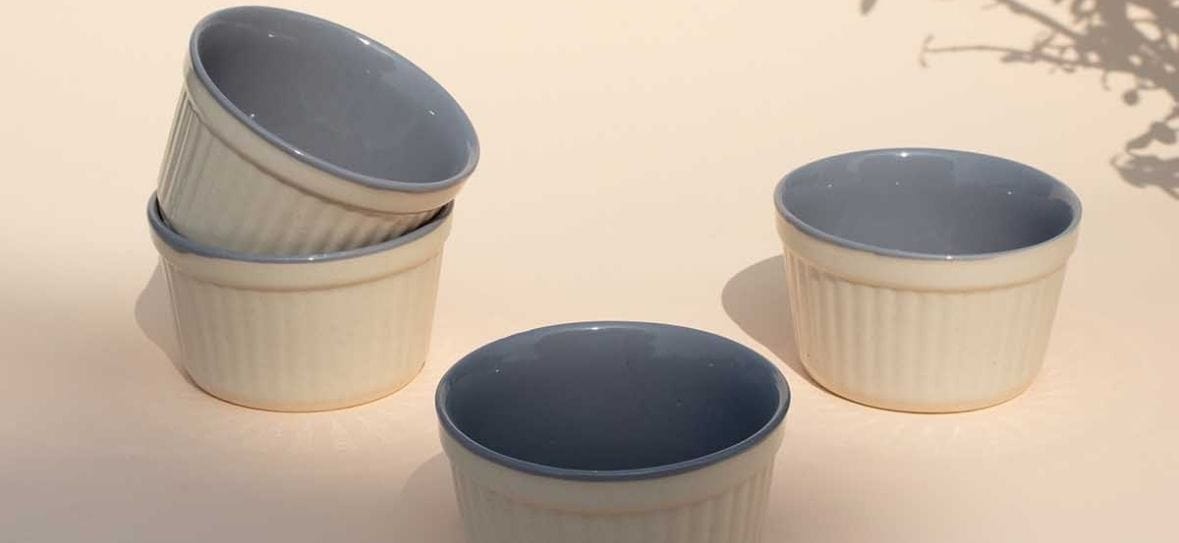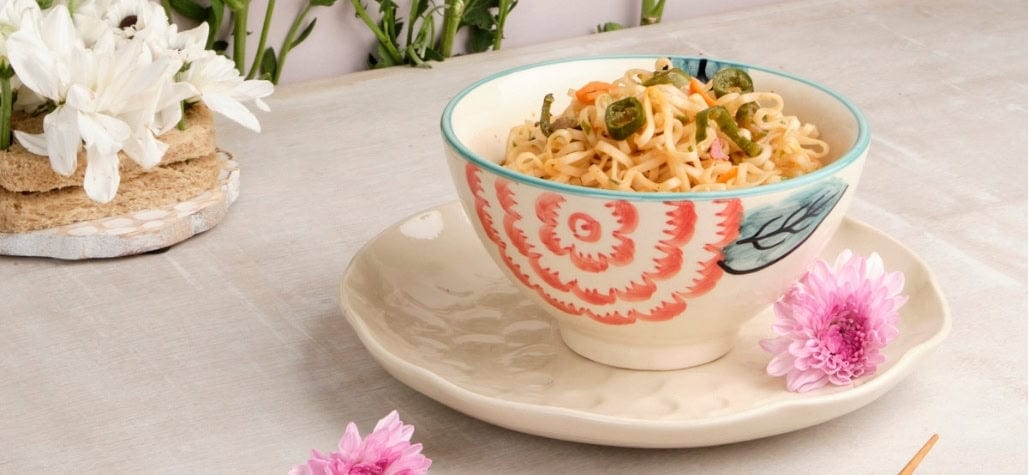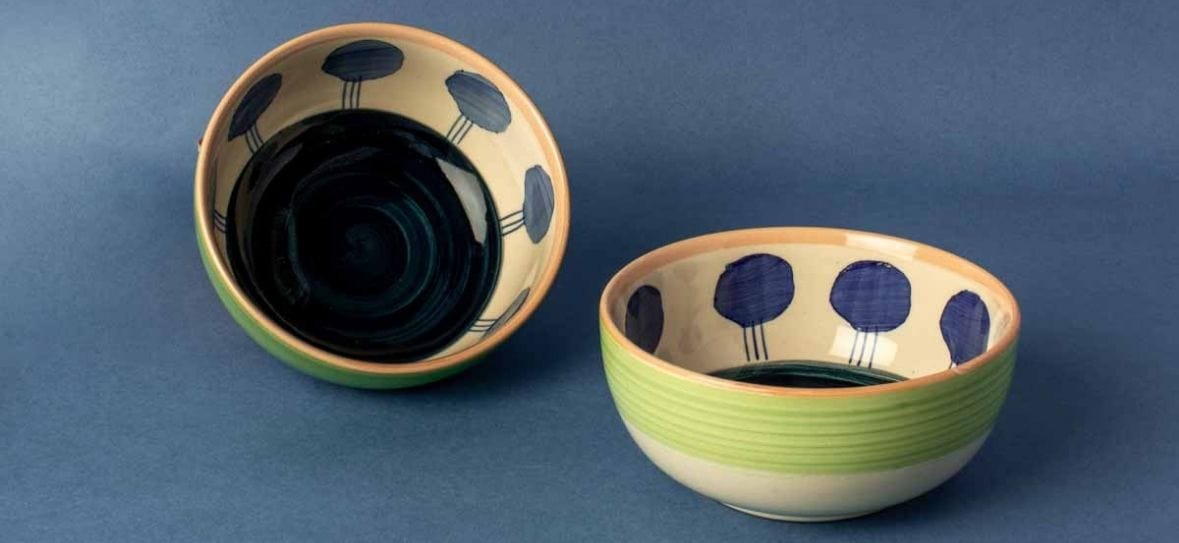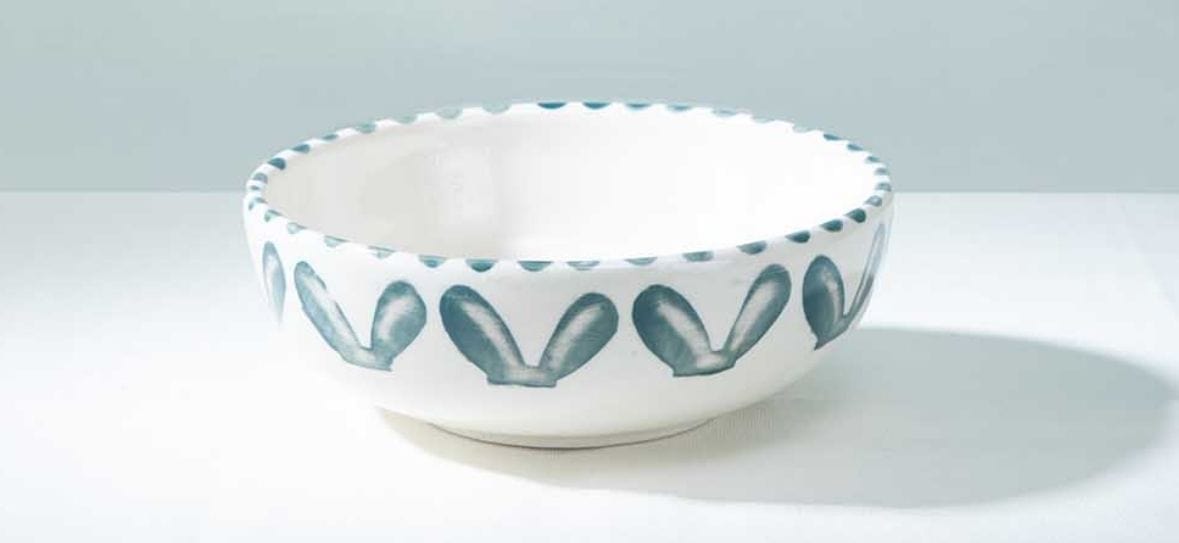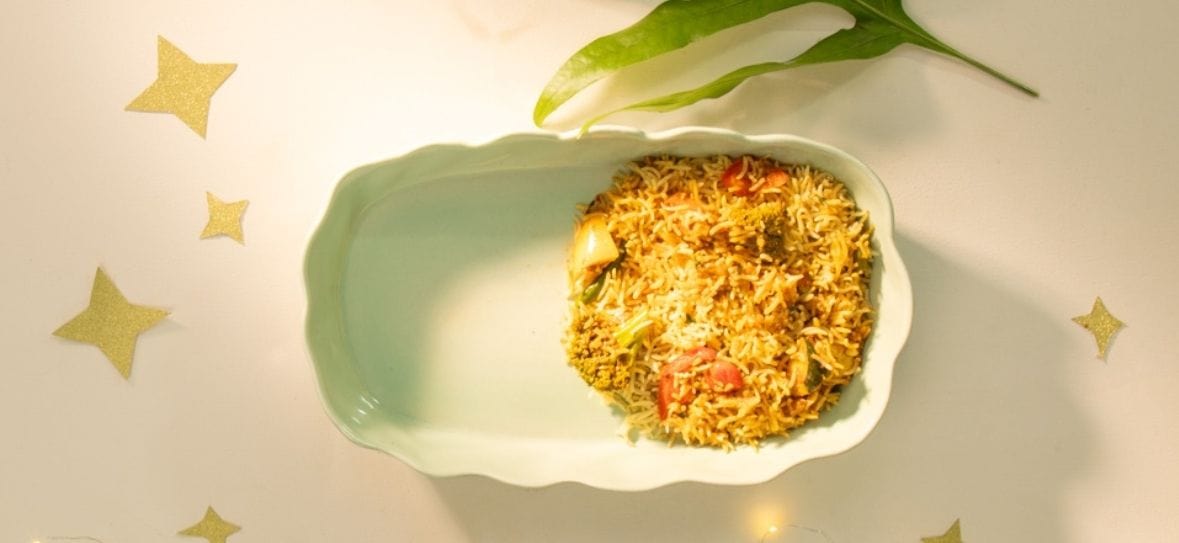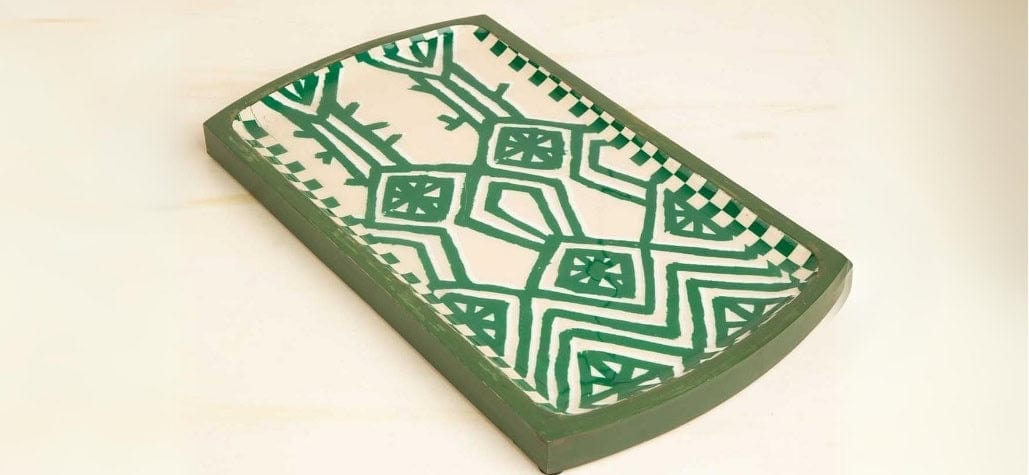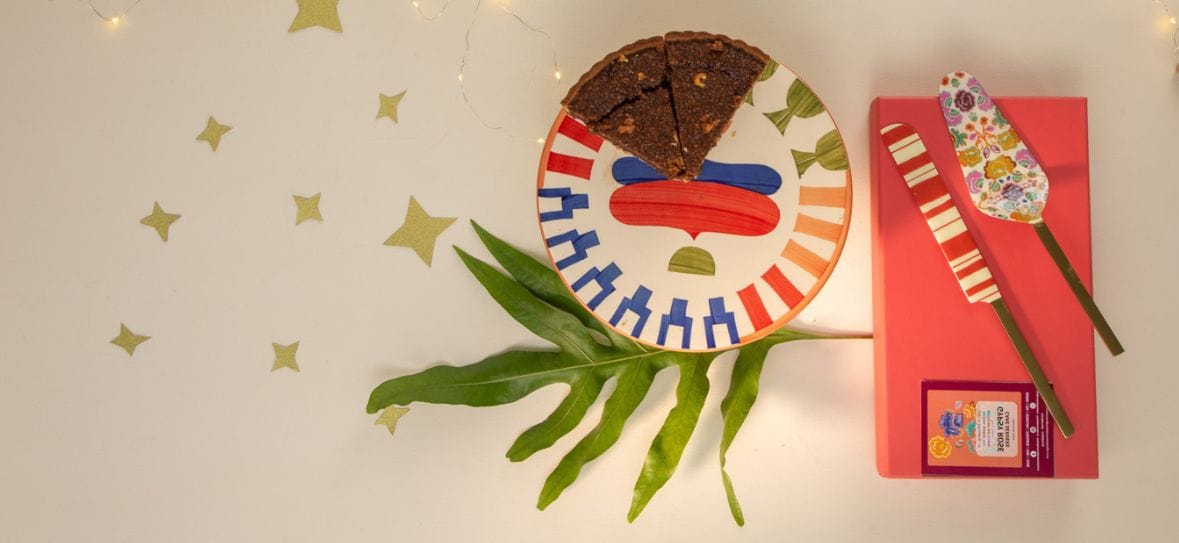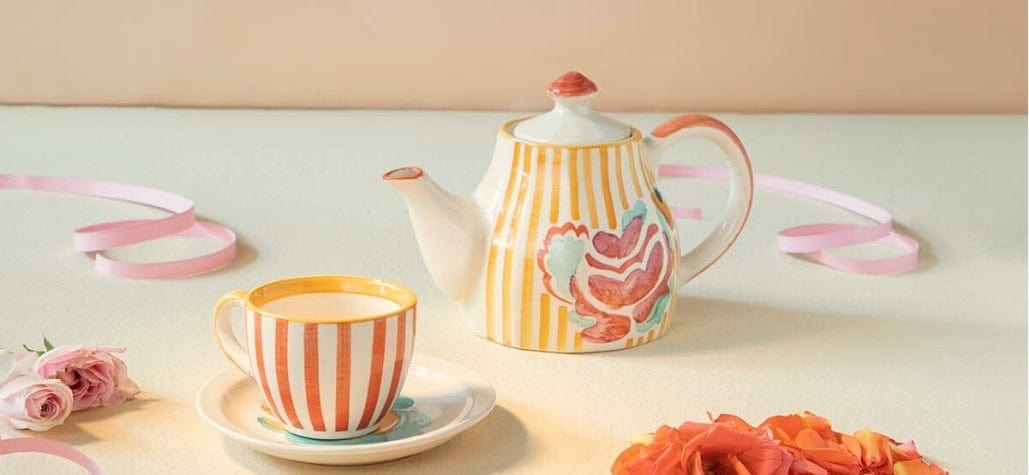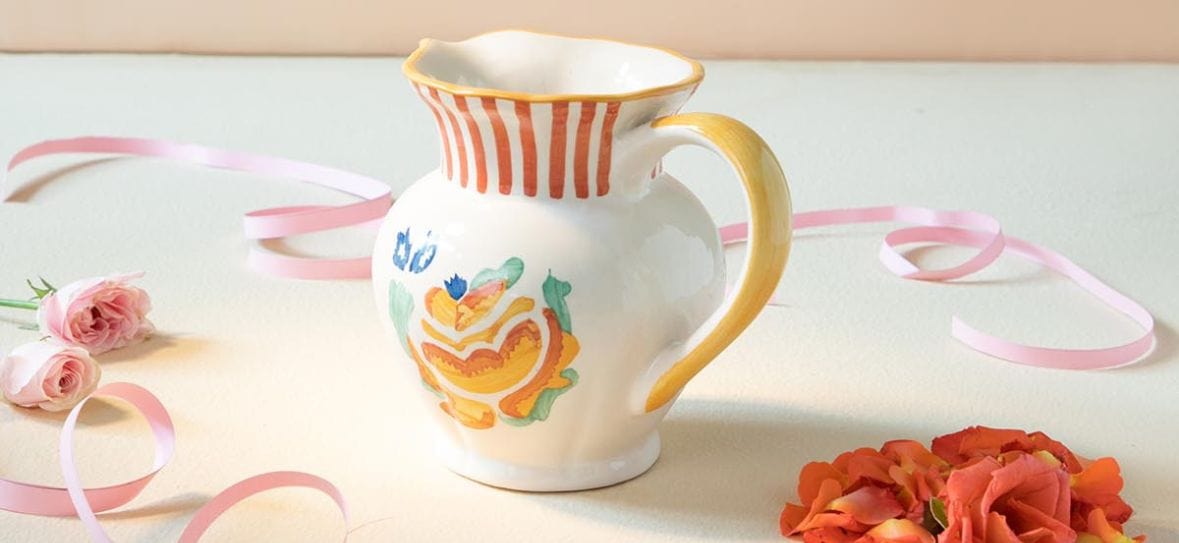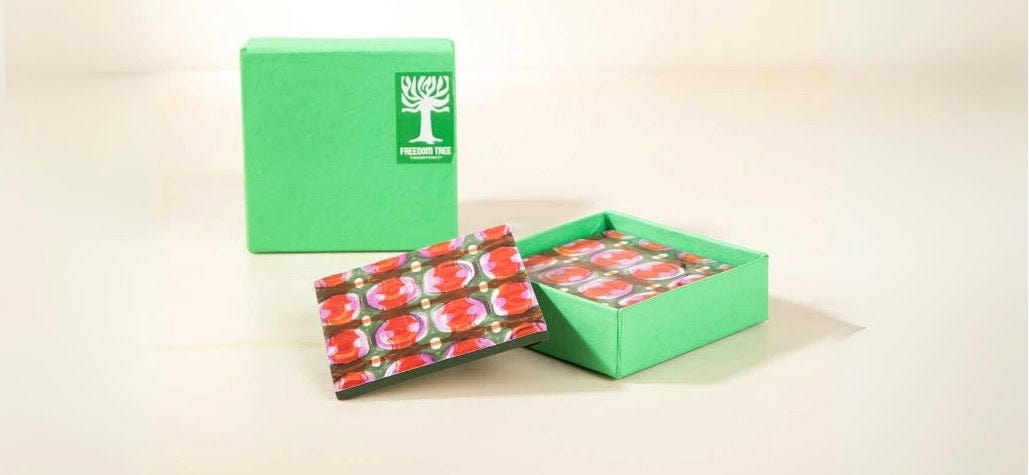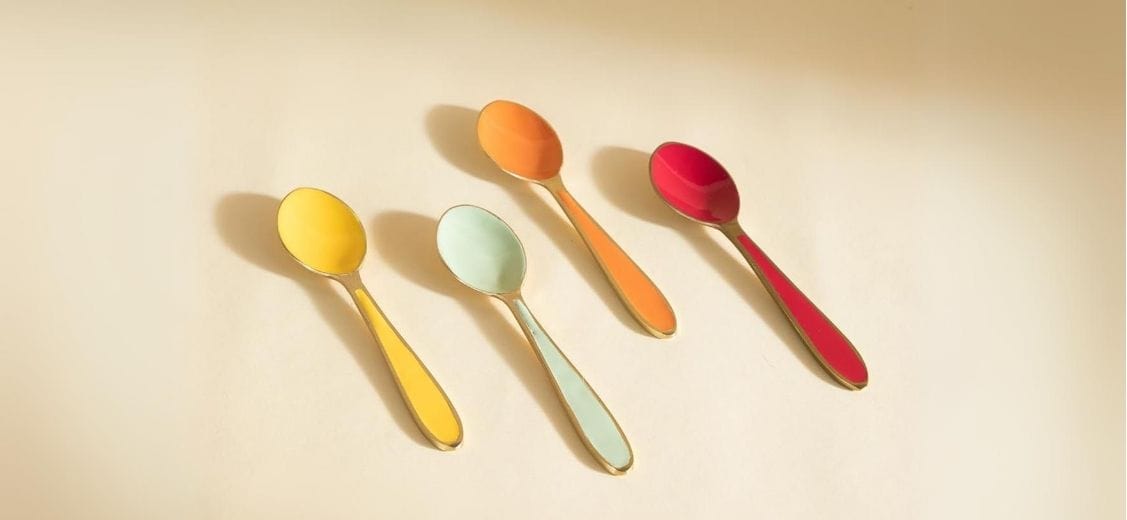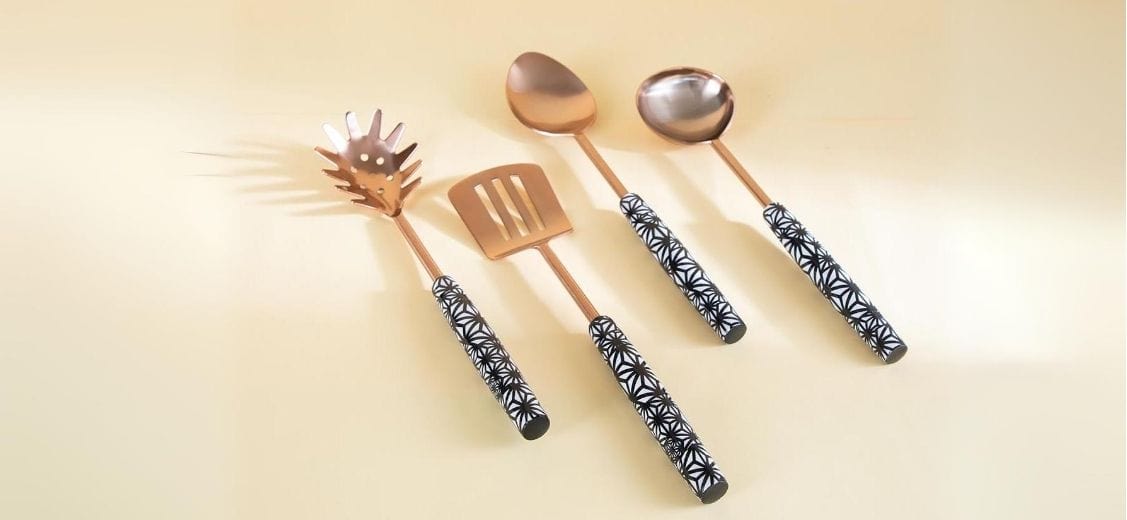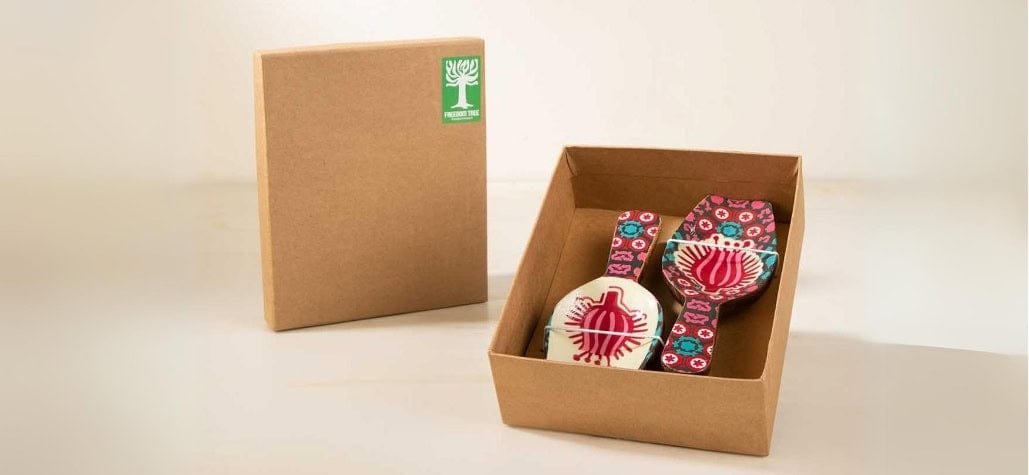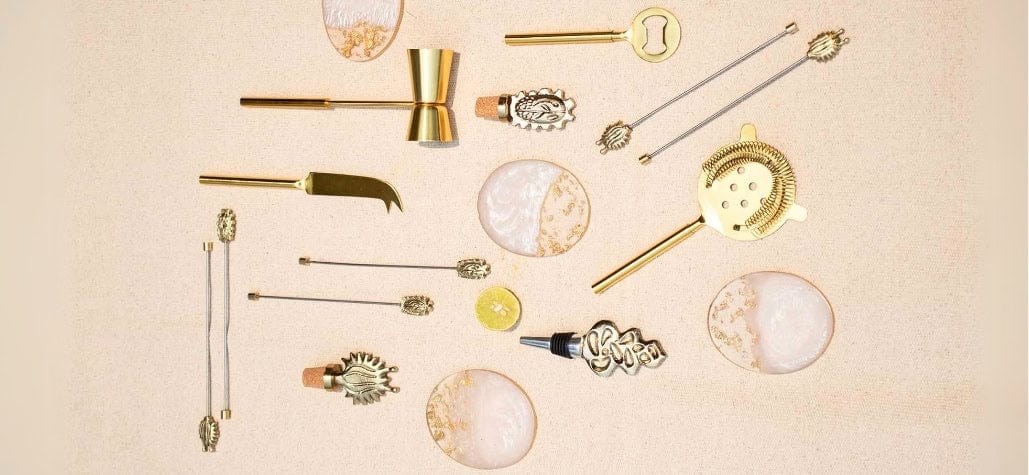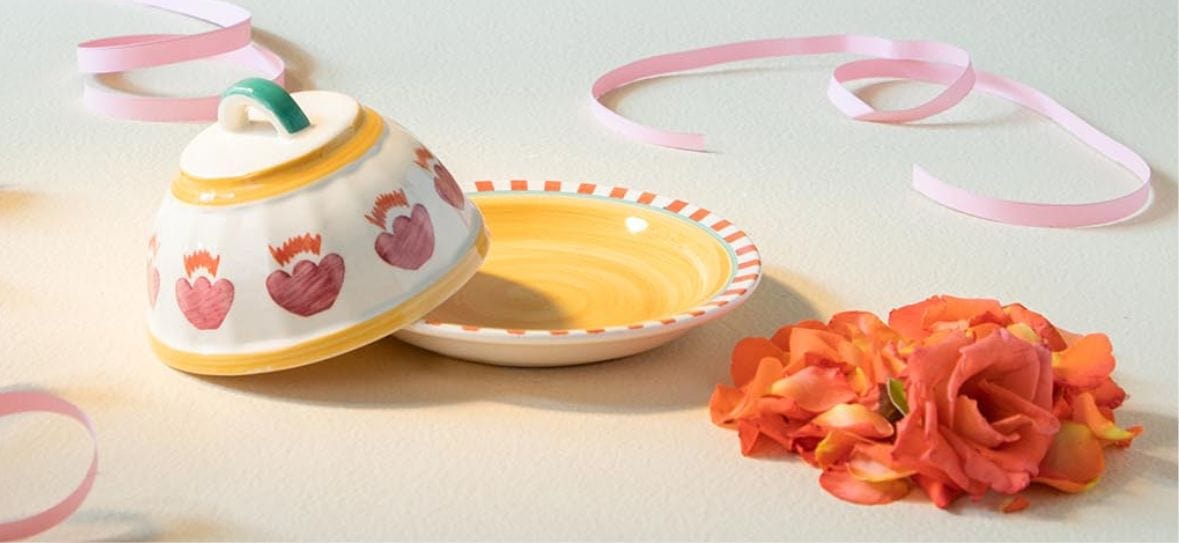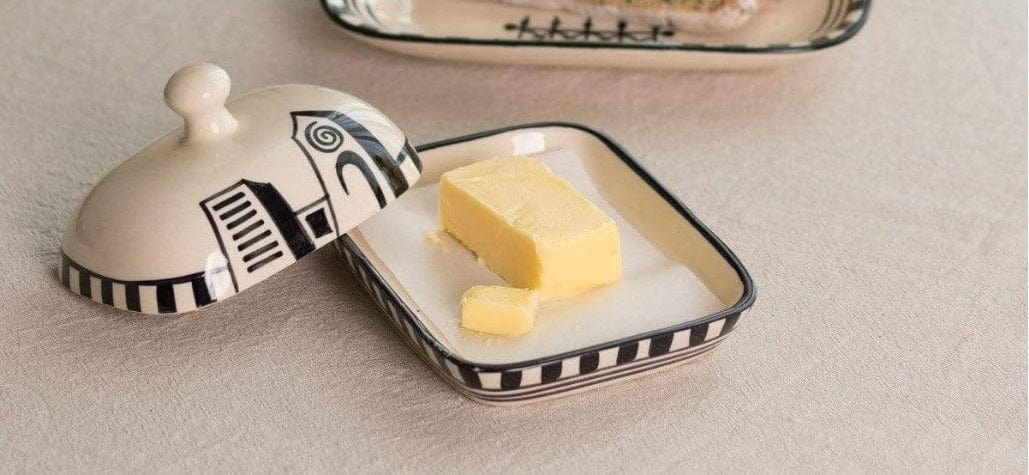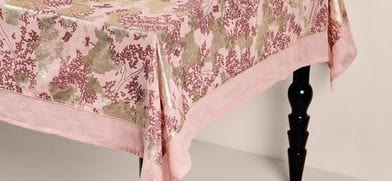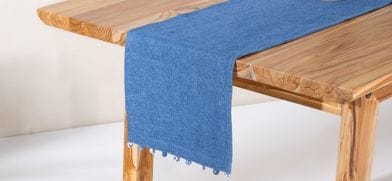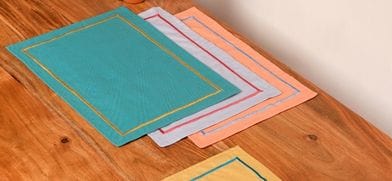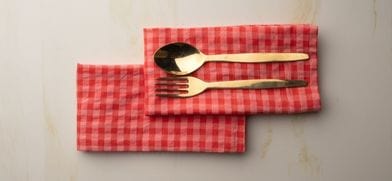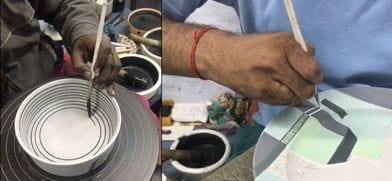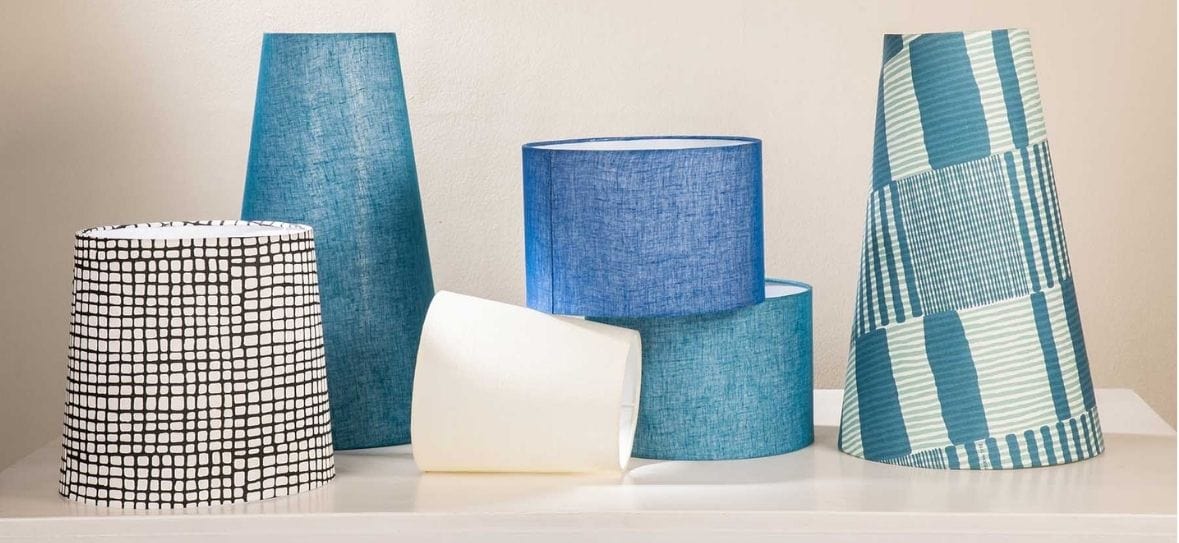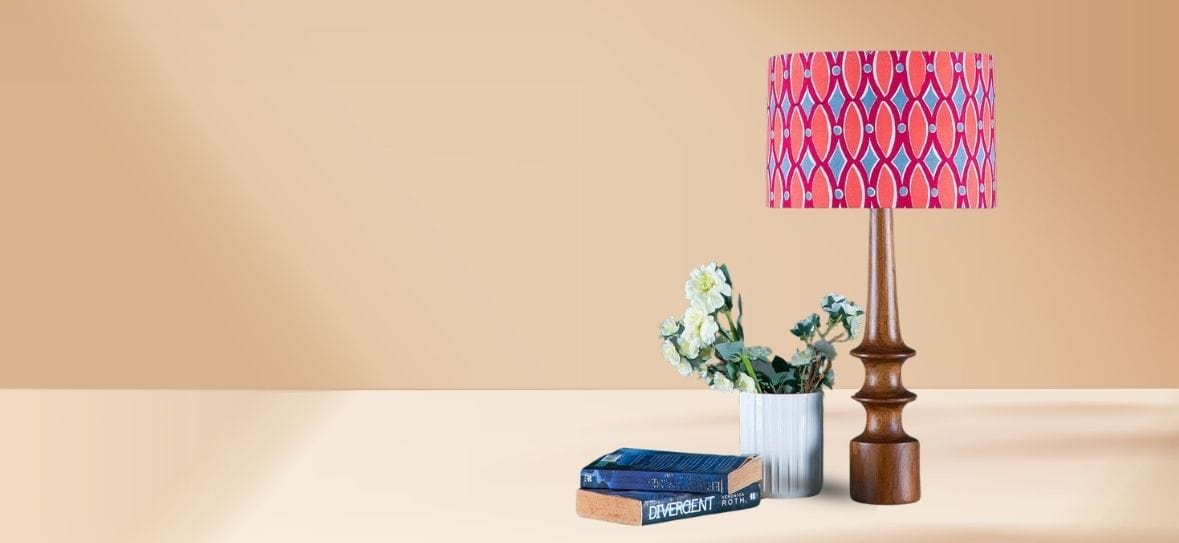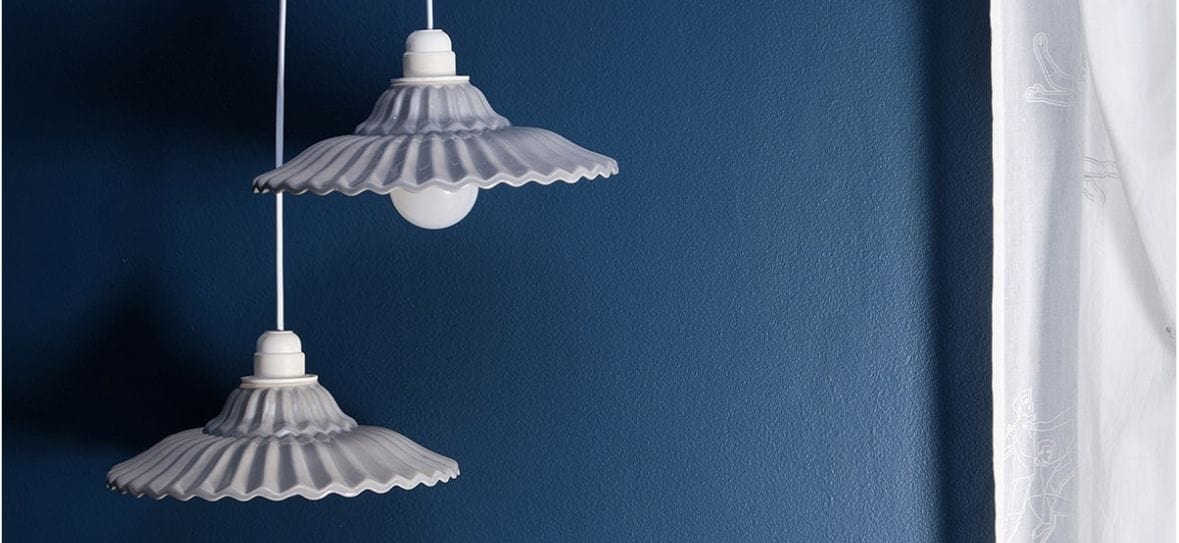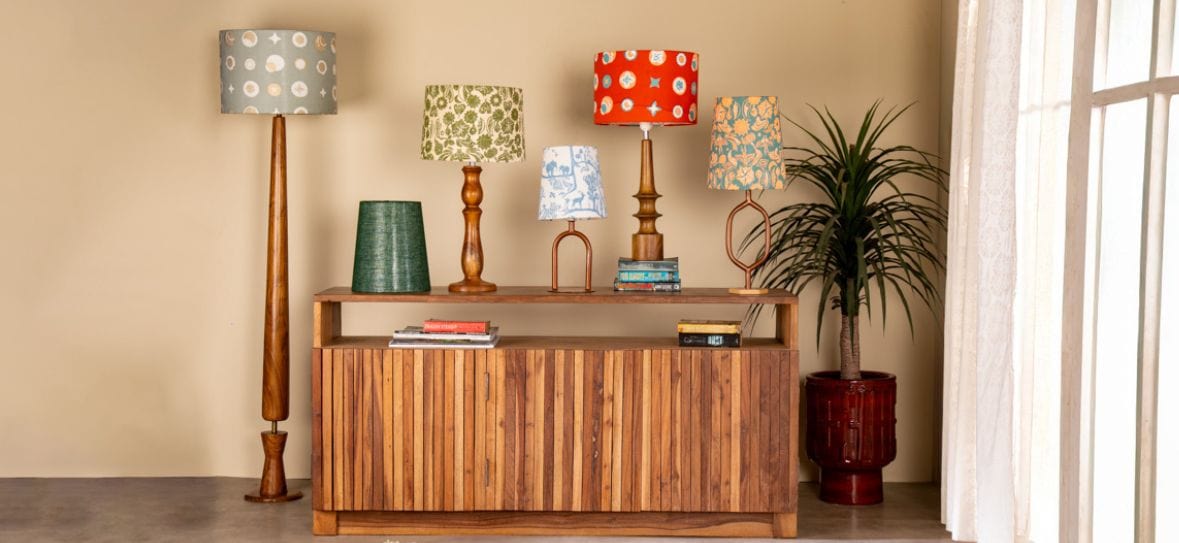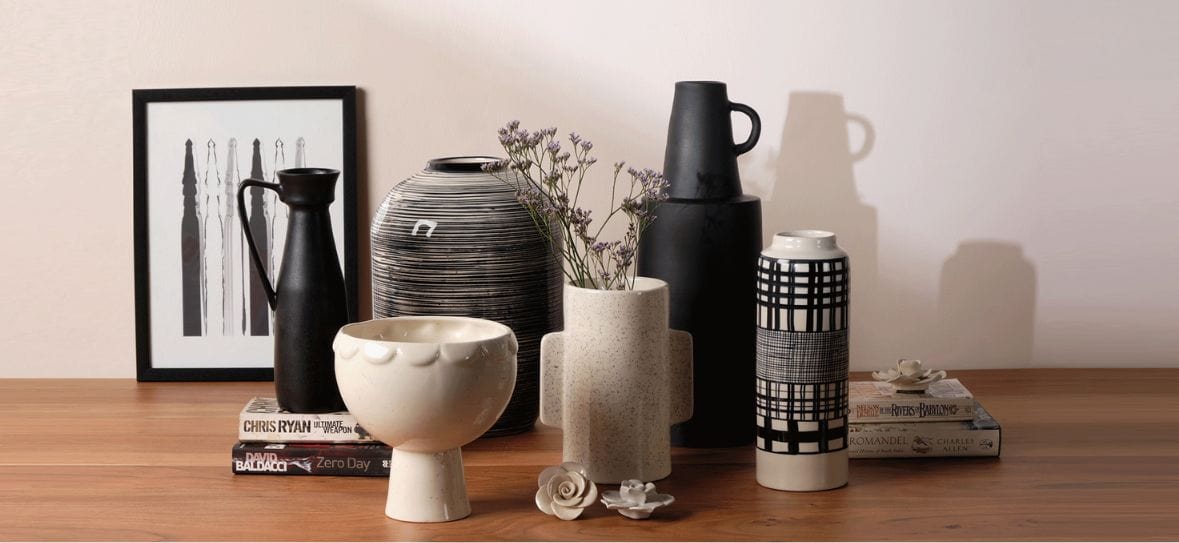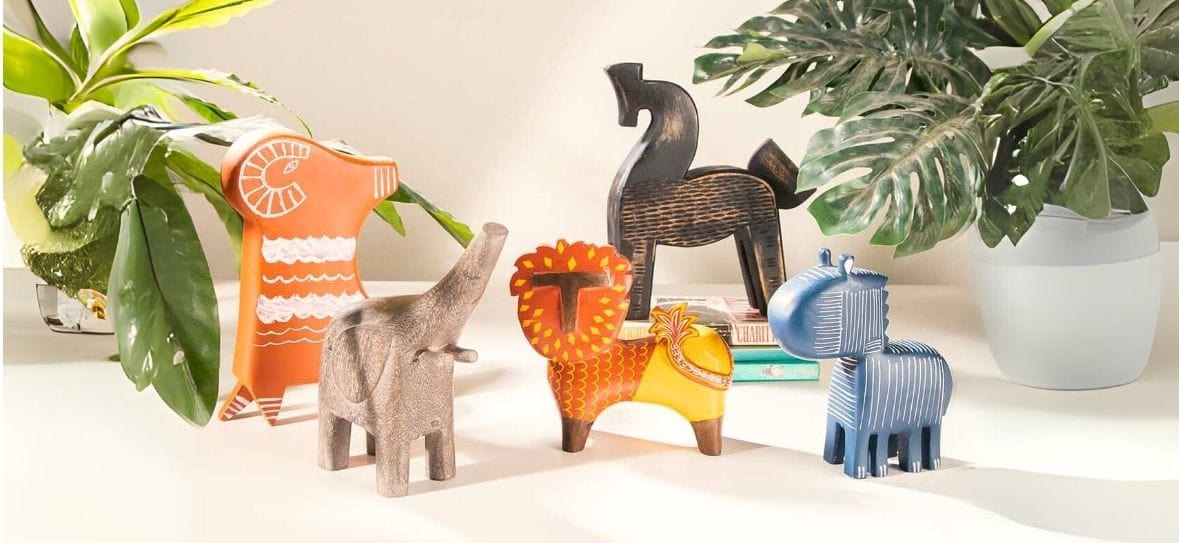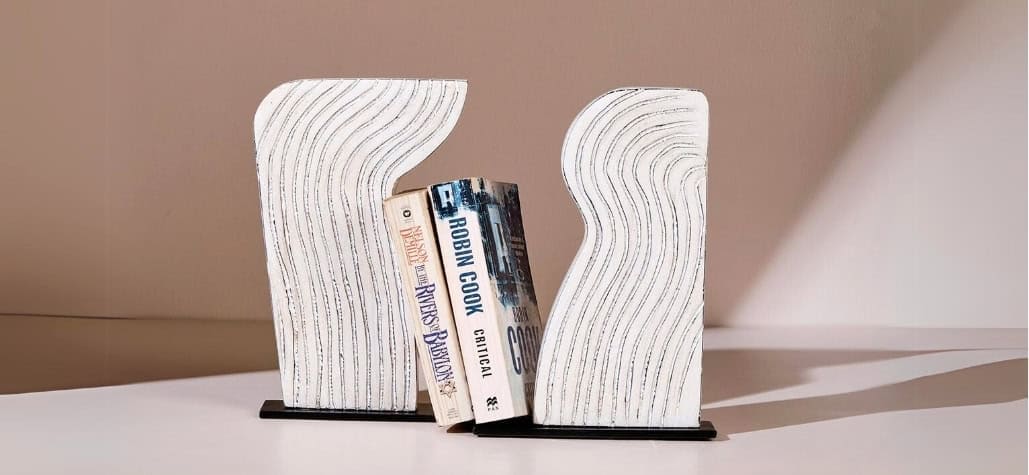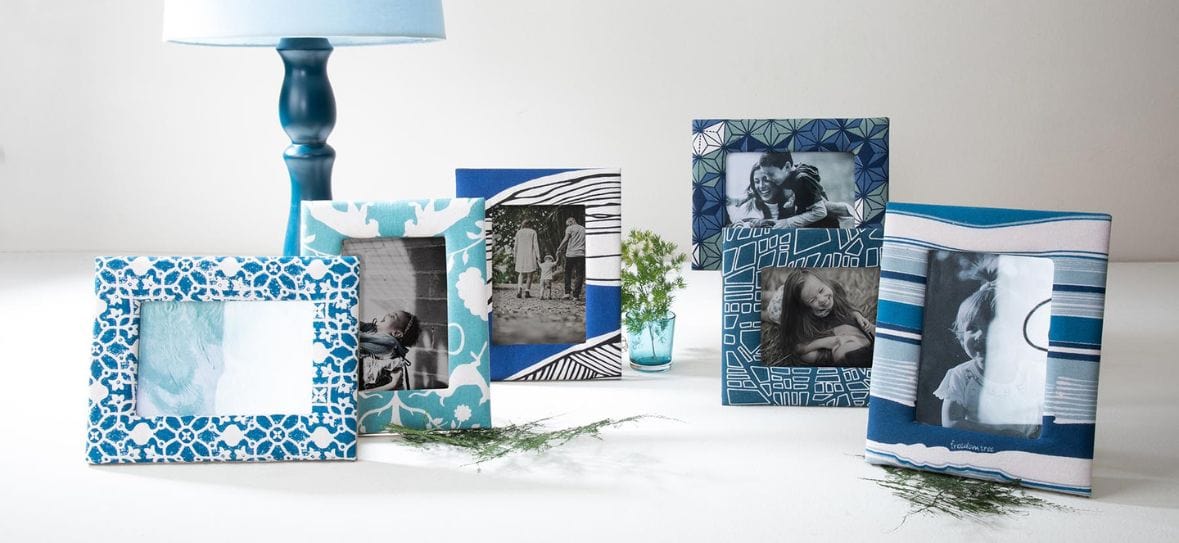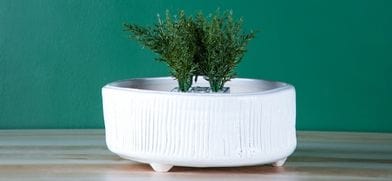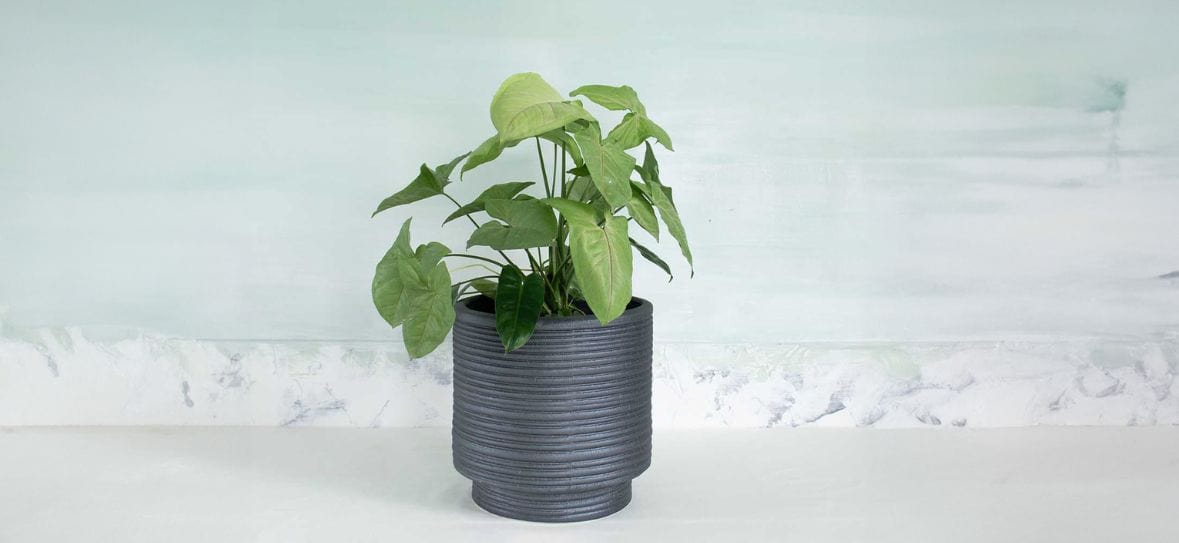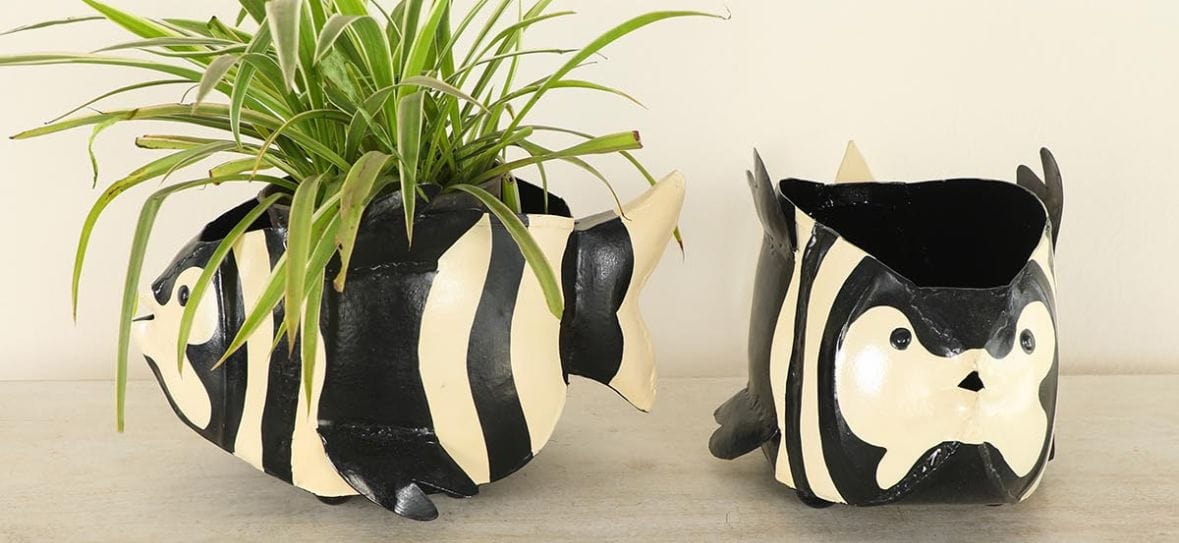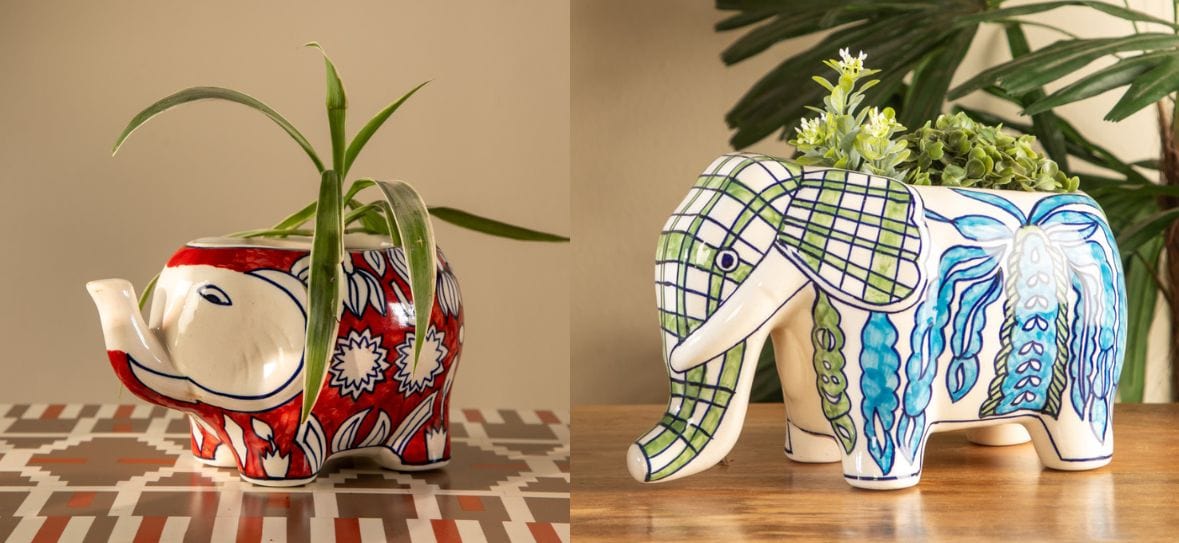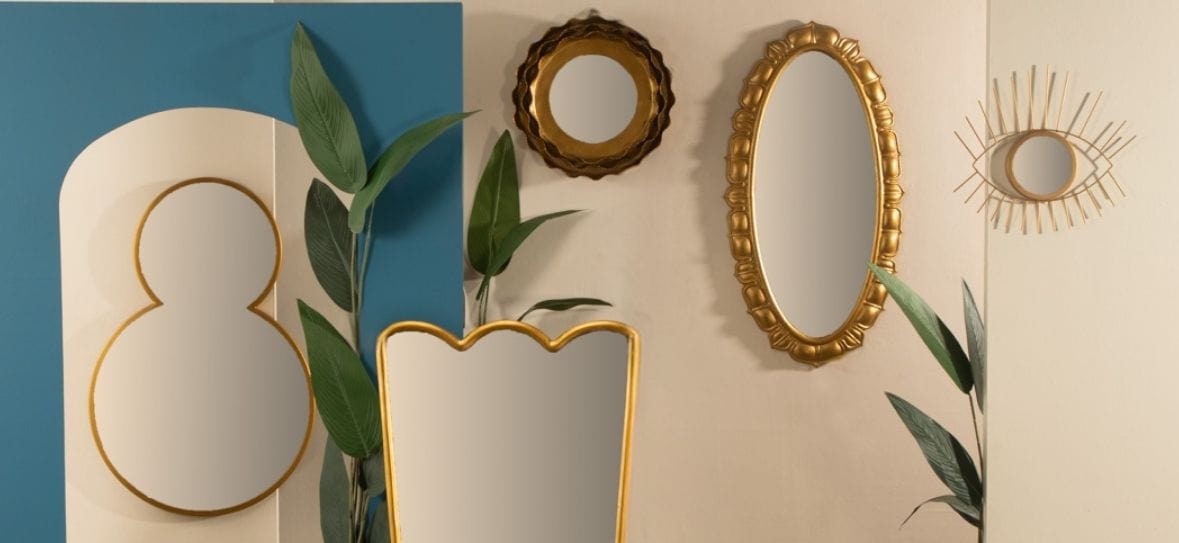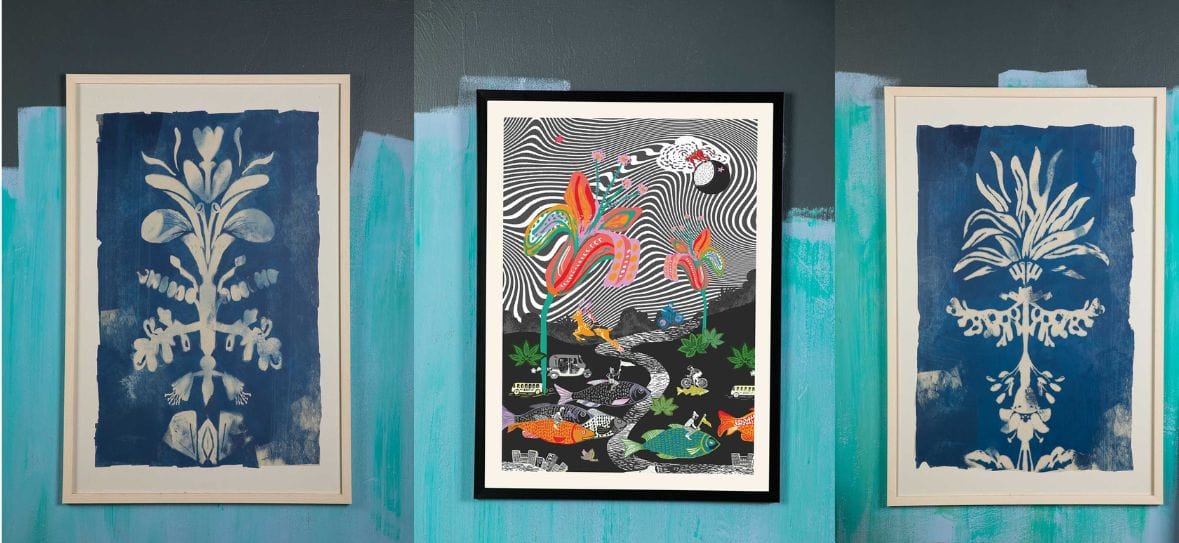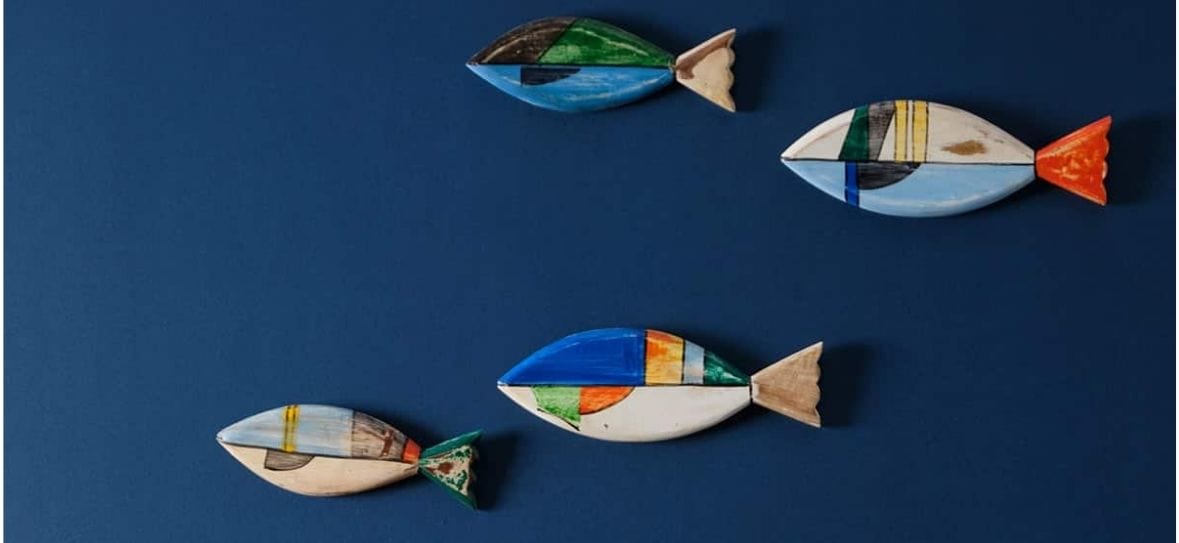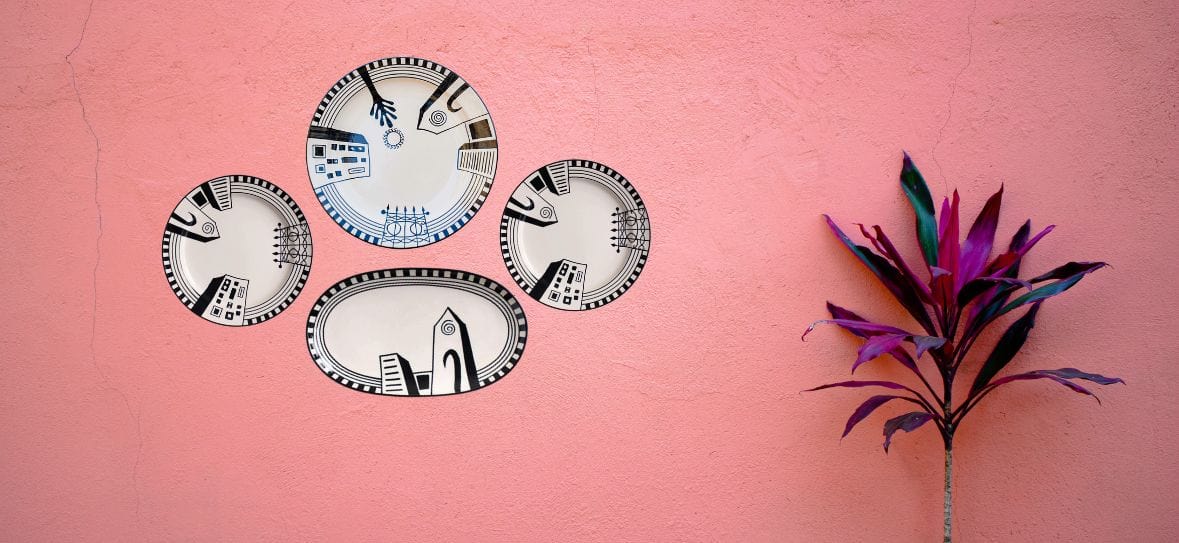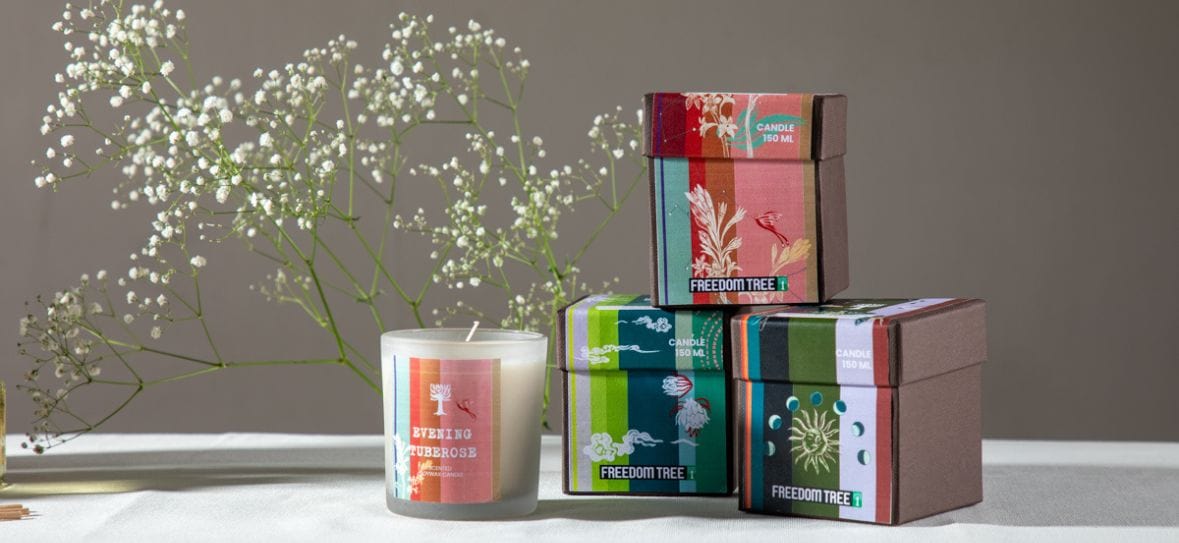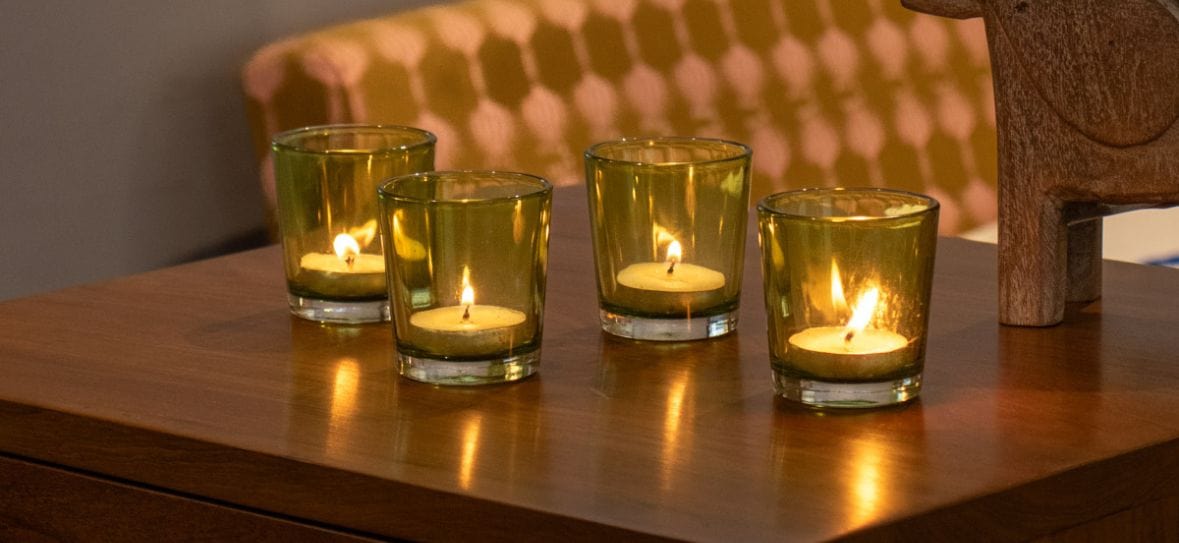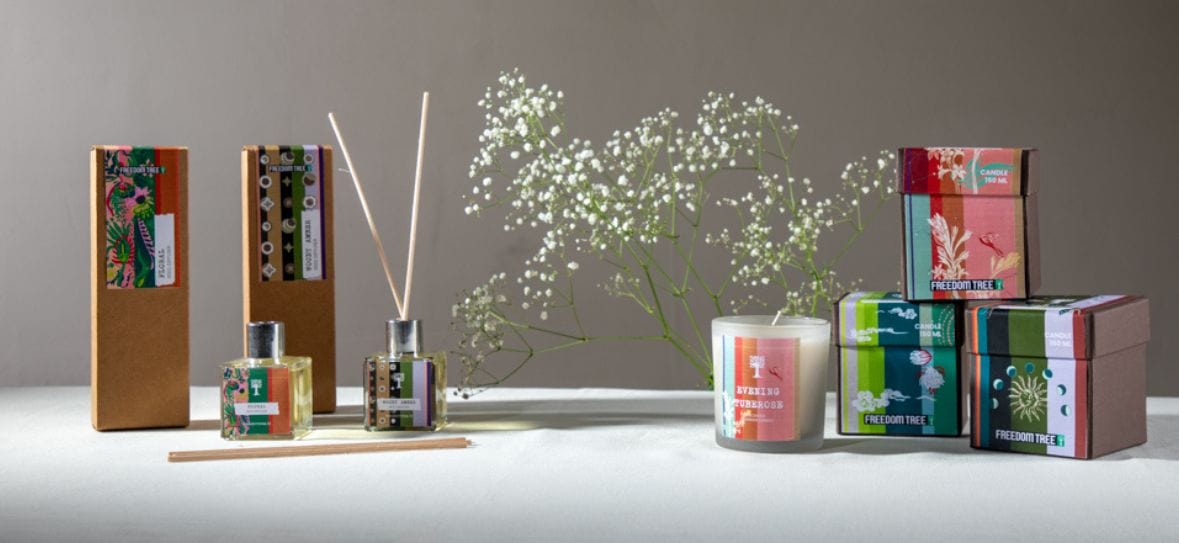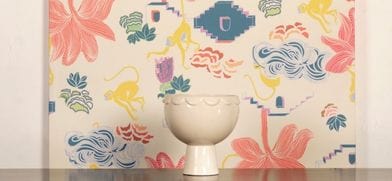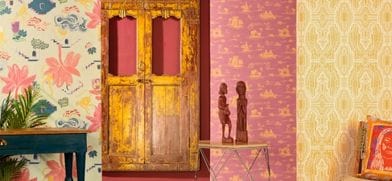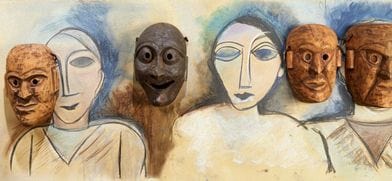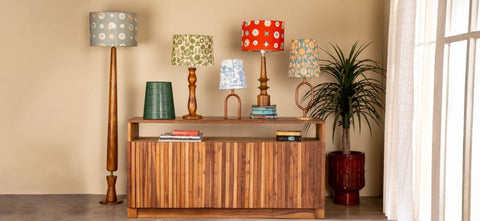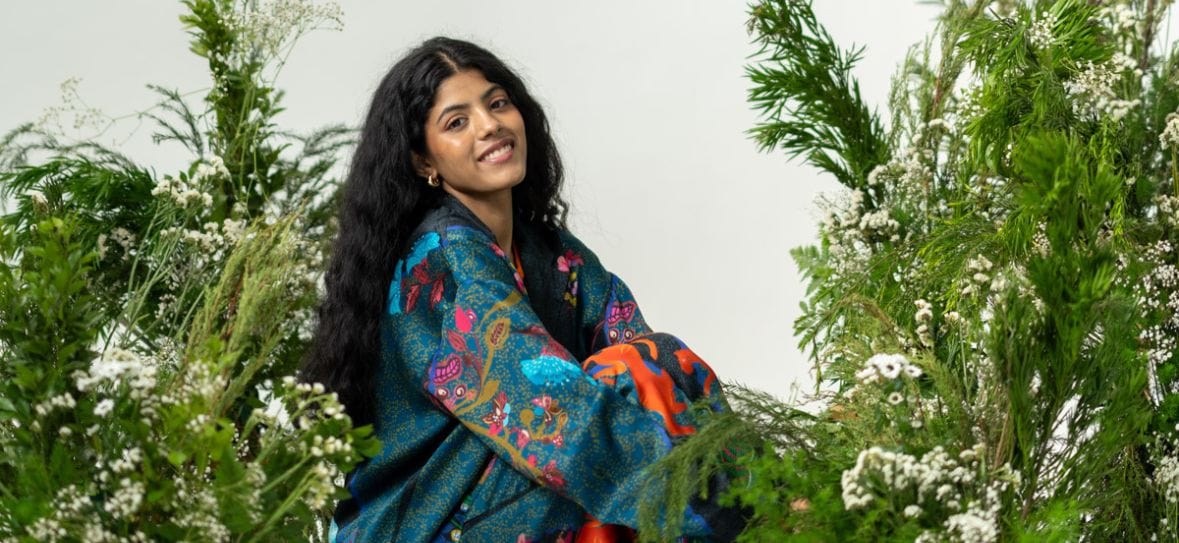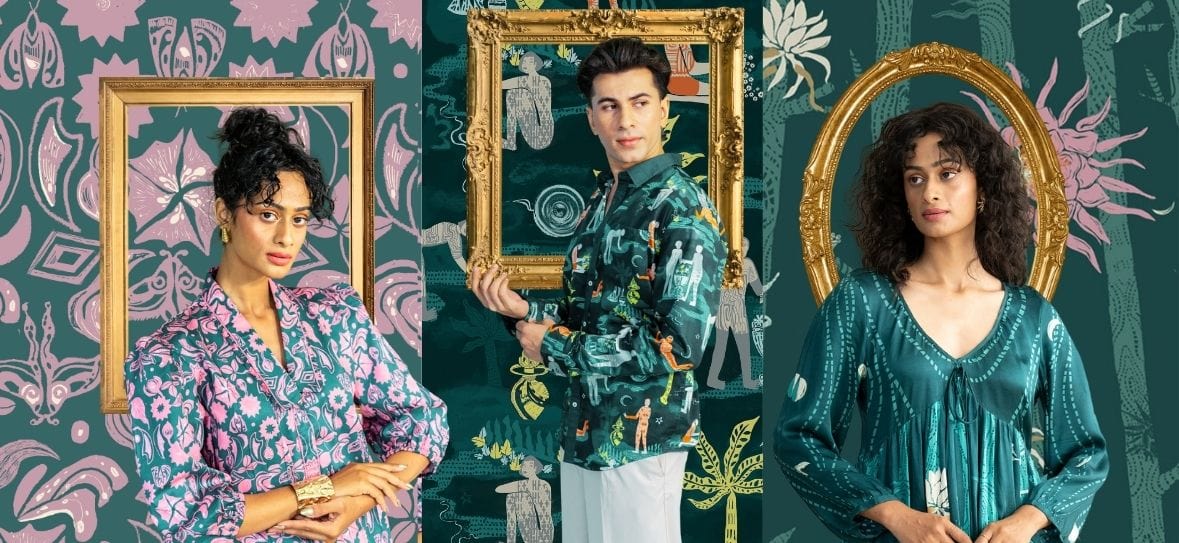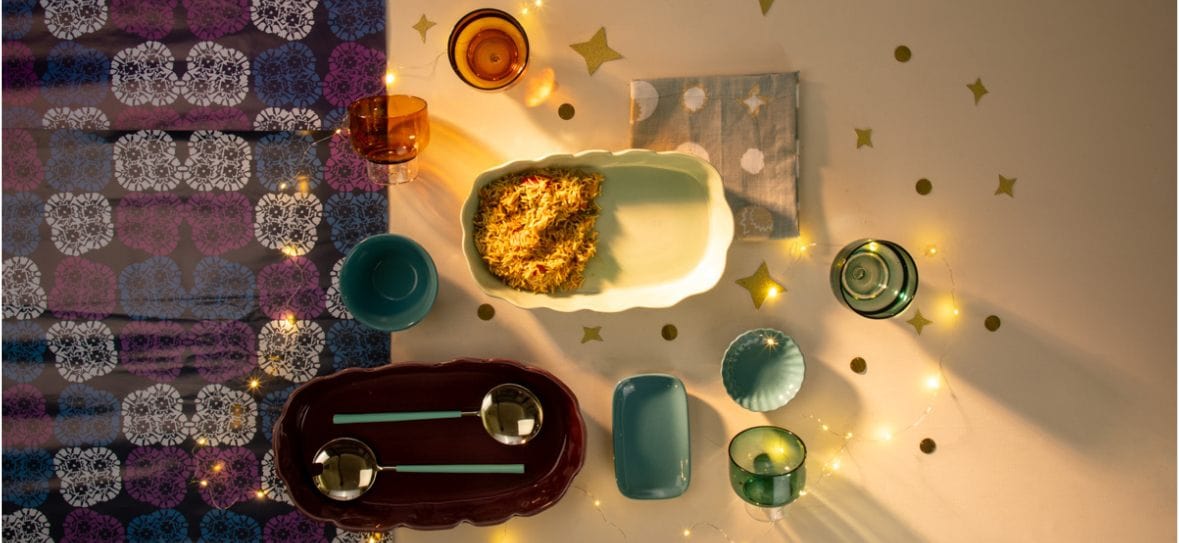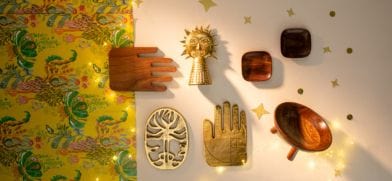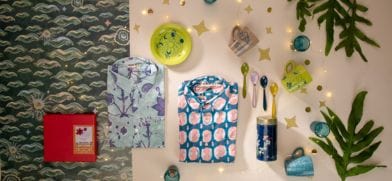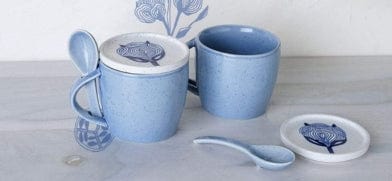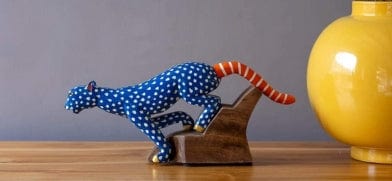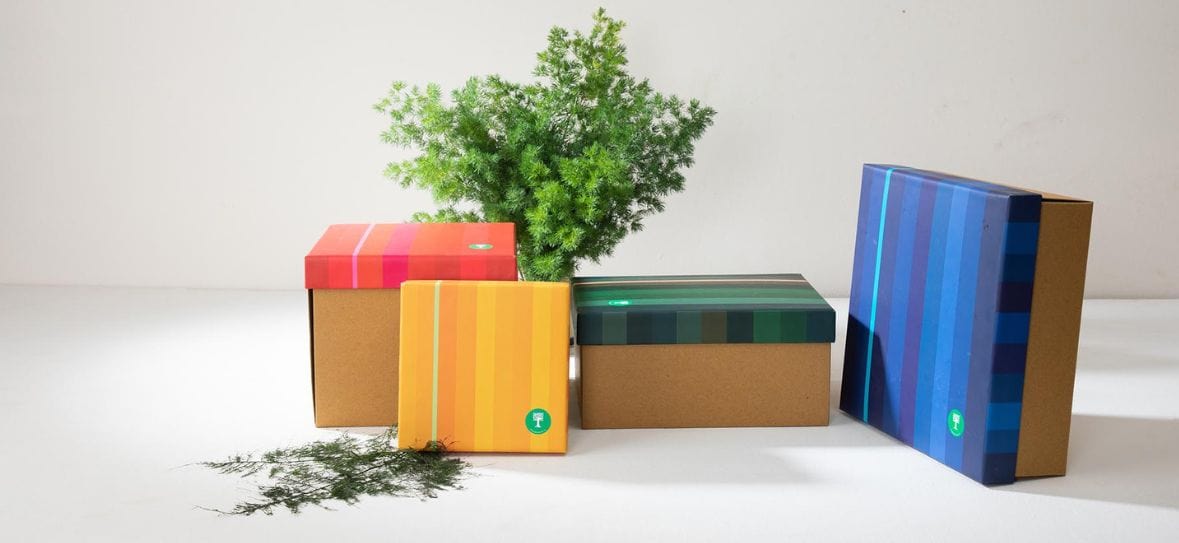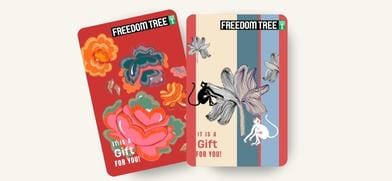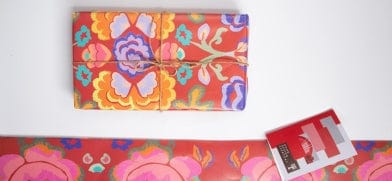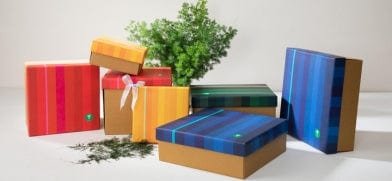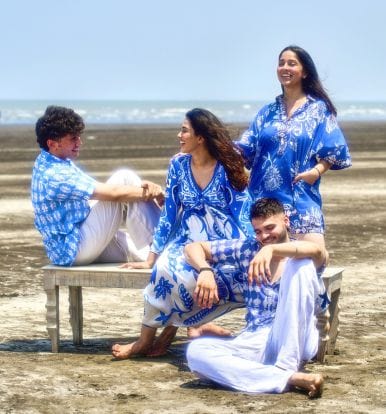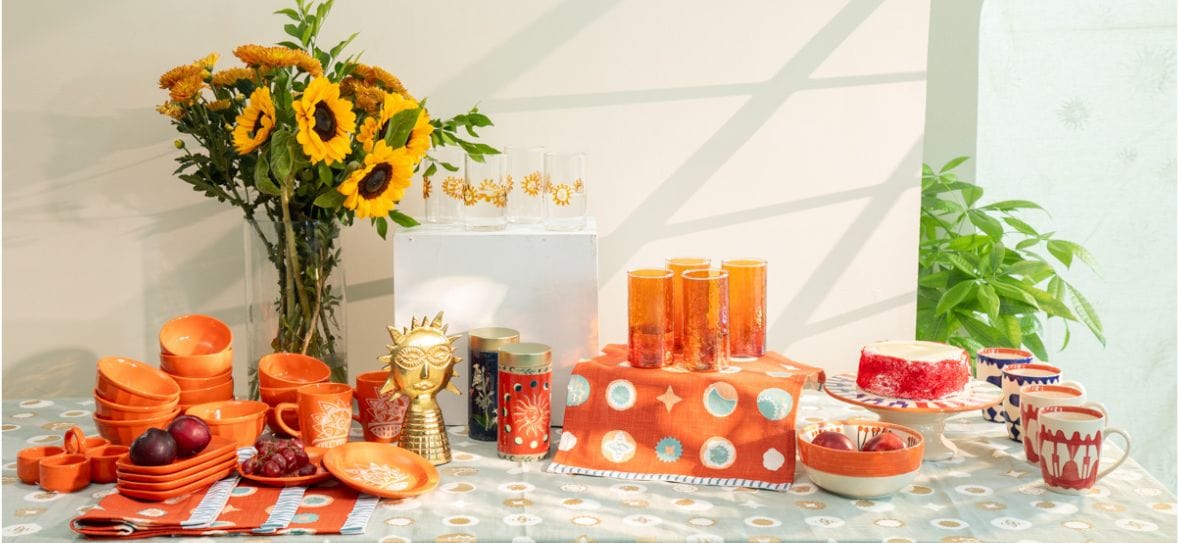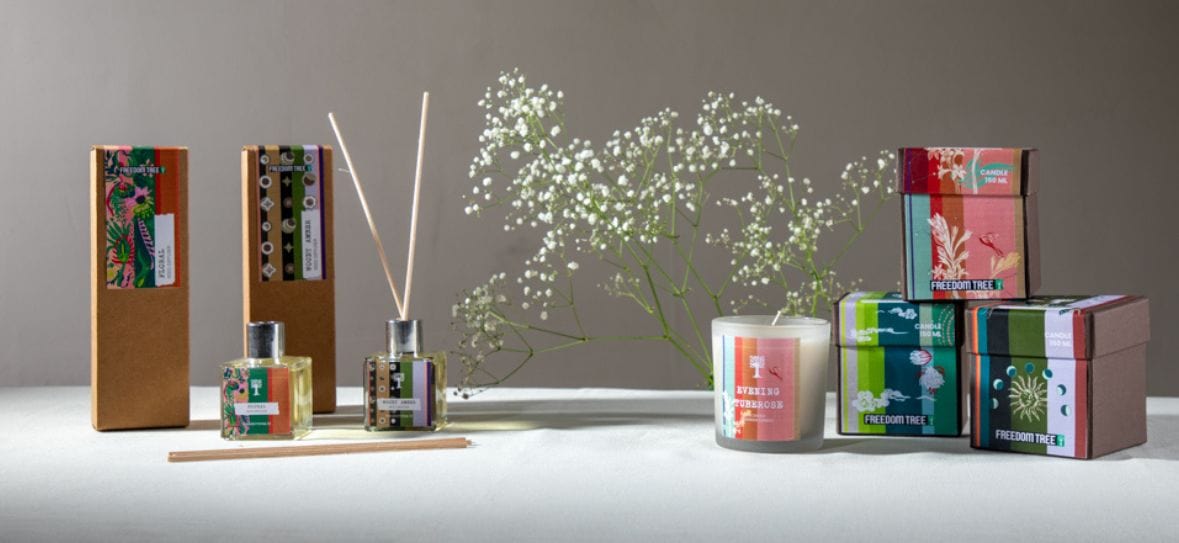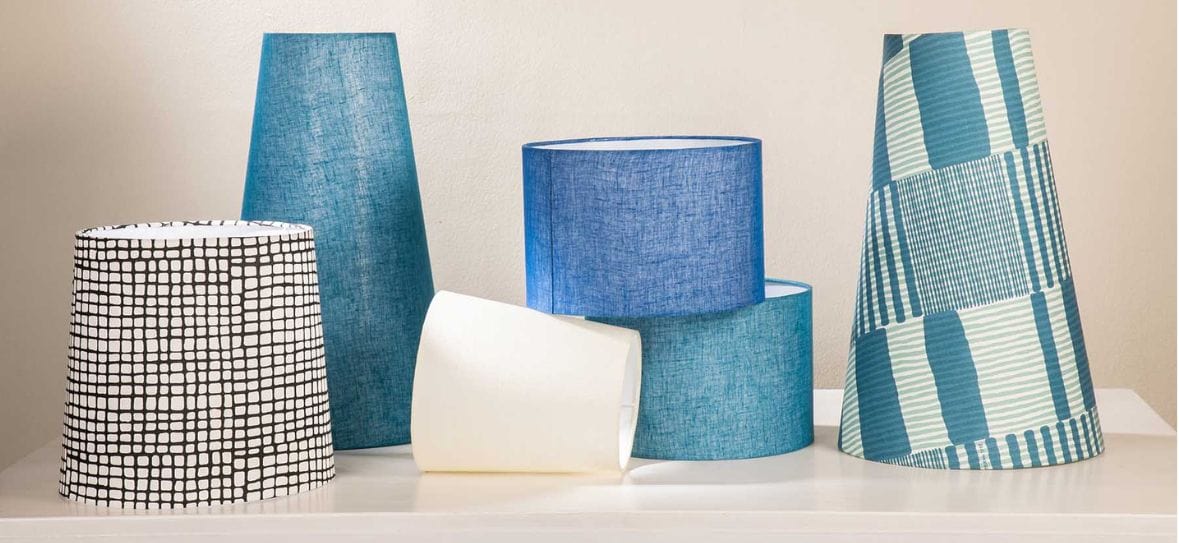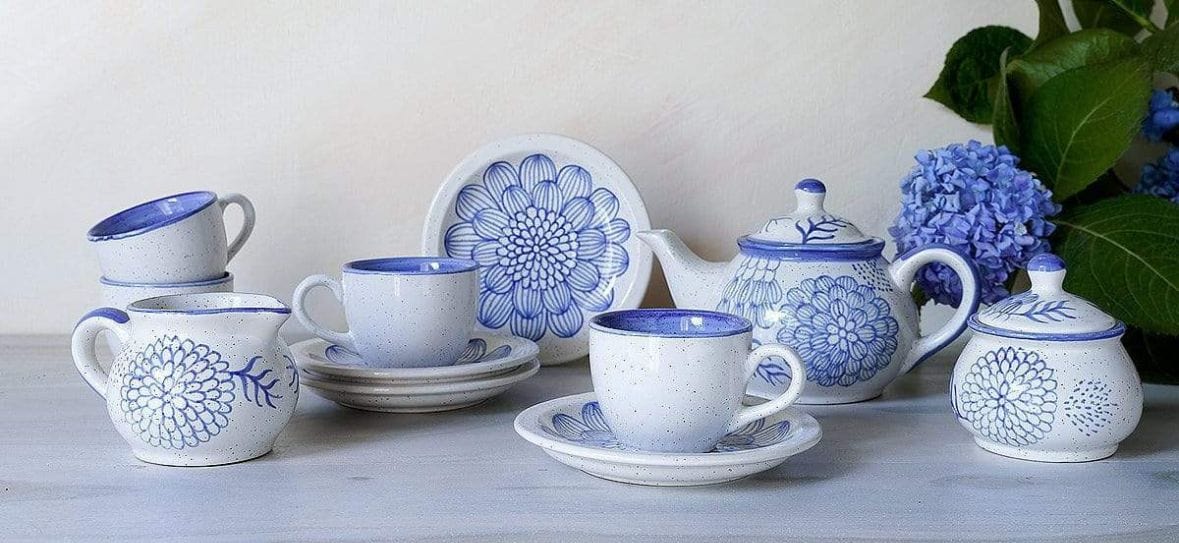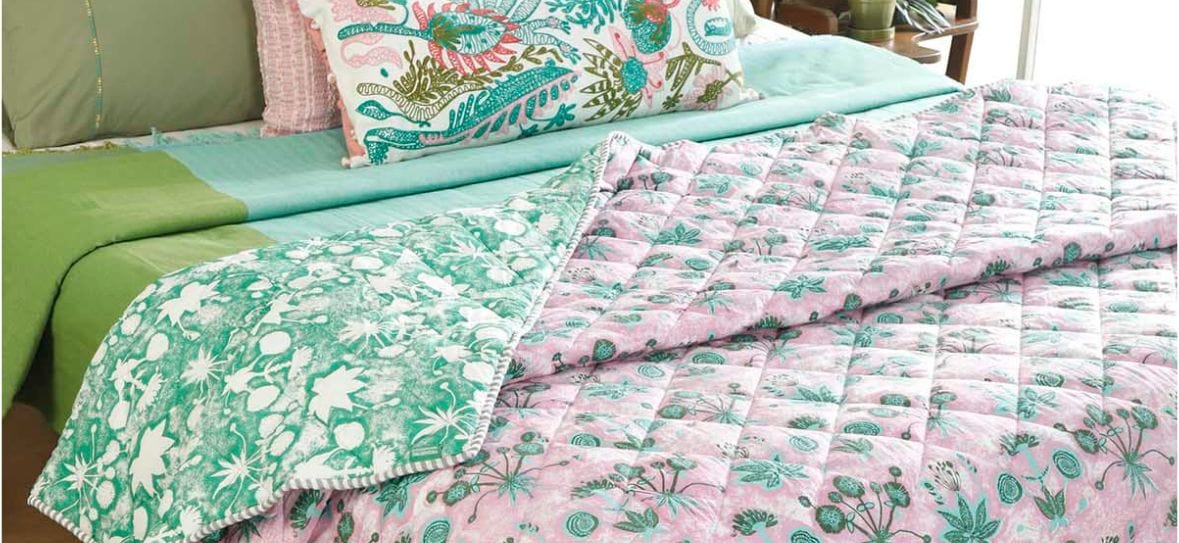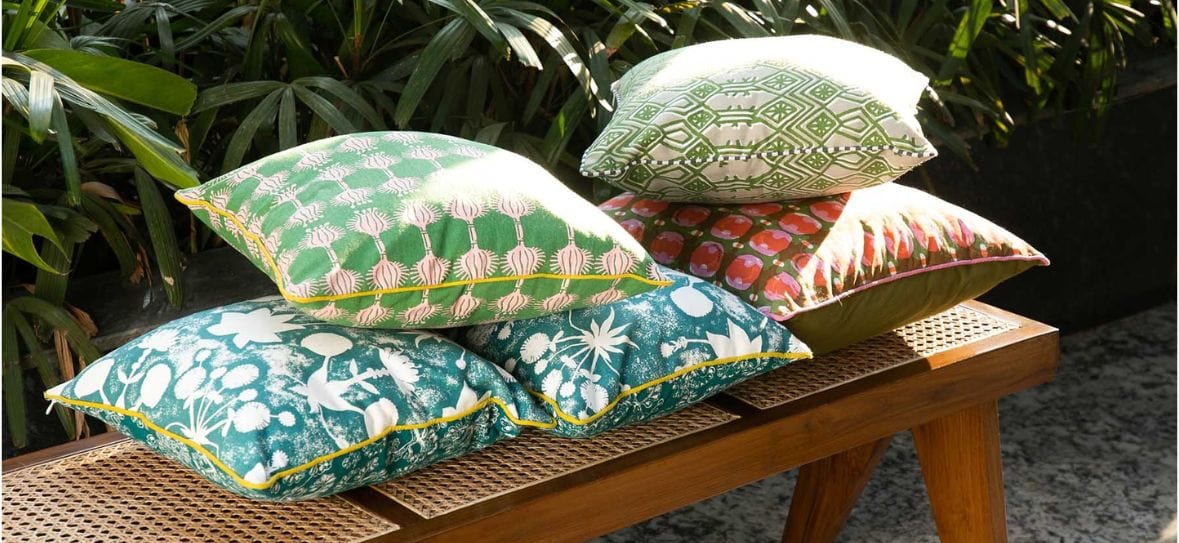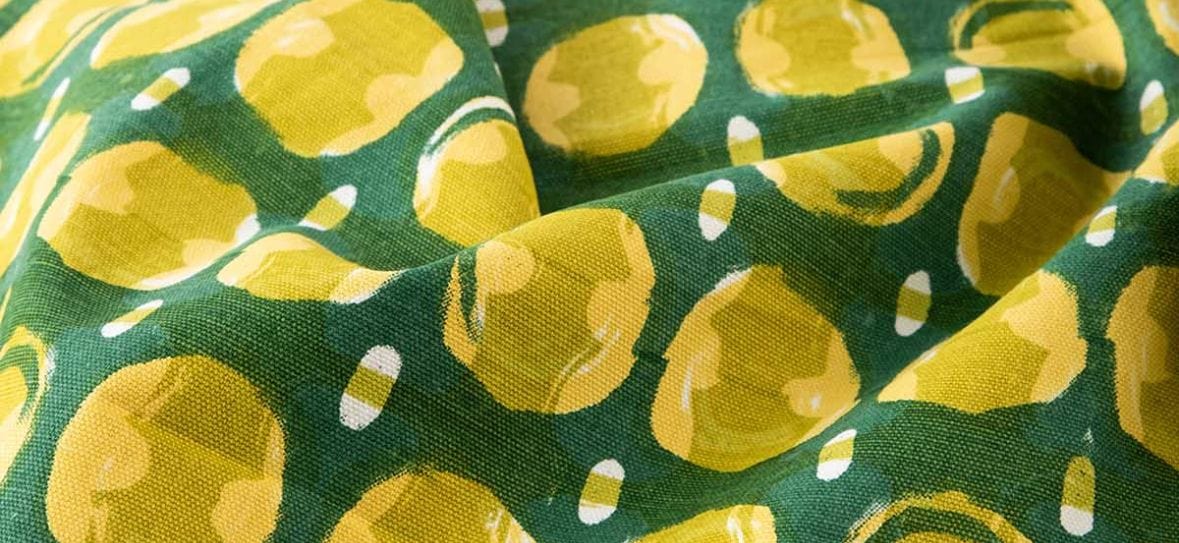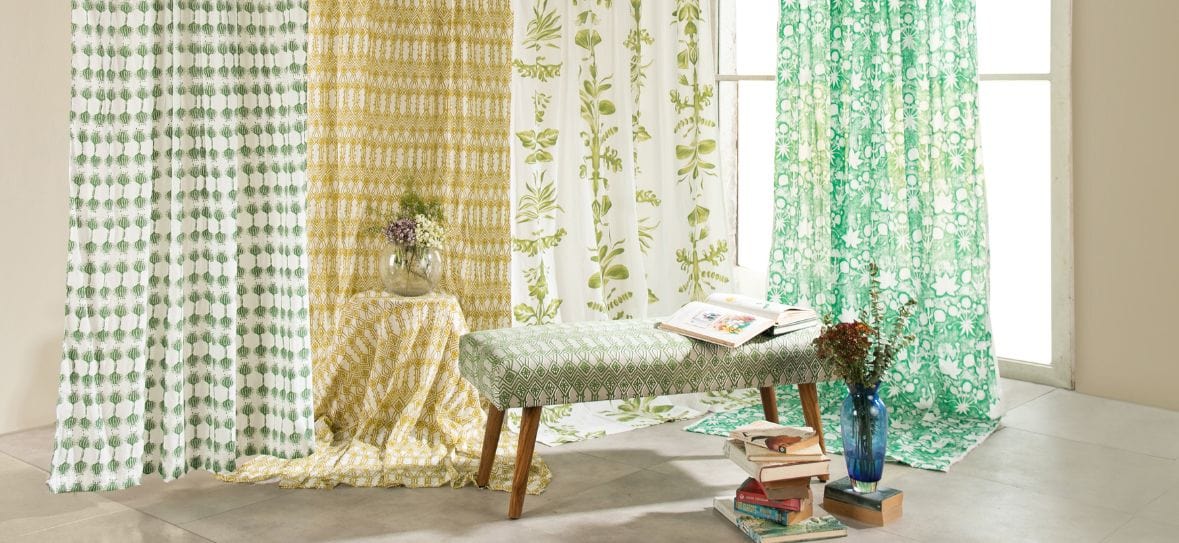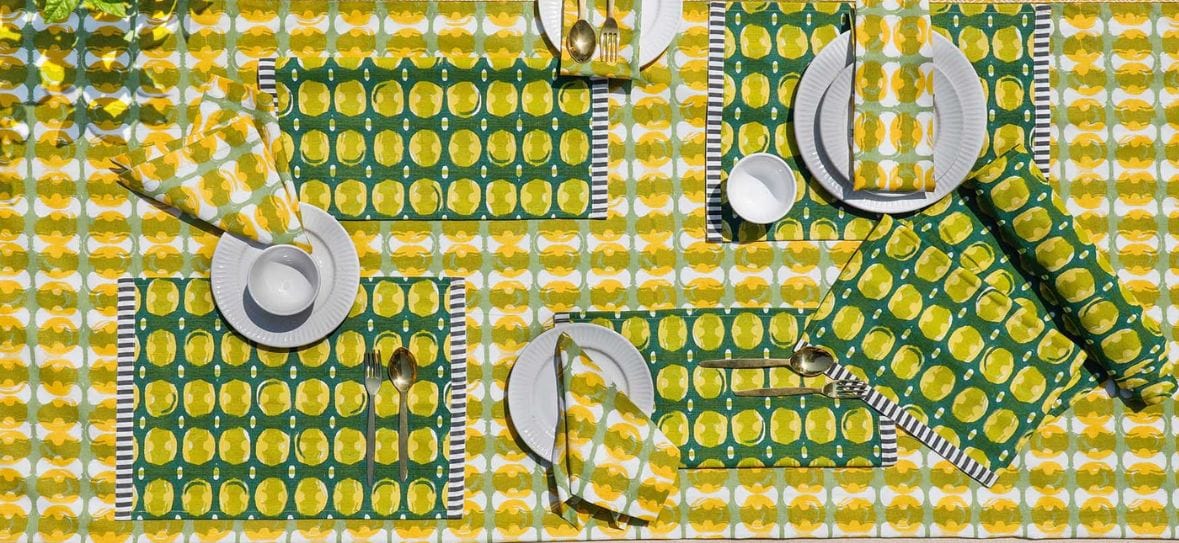FREEWHEELING with Freedom Tree
Rittika says, “Neither I, nor my clients know what the interior will look like when we start.”
Rittika of ARIYONA INTERIORS takes us through her unique design process. It is a journey with the client that stands the test of time and trust. The studio works together to create textured, layered spaces in living homes. We sit down for an honest conversation about work and life in Rittika’s beautiful studio home.
rittika_ariyonainterior
March 2025

We enter a magical place, the apartment balcony is an overgrown jungle. The large leaves of a rubber plant brush softly against monstera fronds. Vivid green ferns whisper softly as the darting sounds of chirping birds punctuate the morning. Little humming birds and sparrows flutter around bird feeders bursting with grain. This is the home of Rittika, principal designer at Ariyona Interiors. She's an interior designer who leads a team of talented young people. This is where her work journey re-commenced. On the urging of the young women, we are first shown the balcony, a magical place, perched above the eastern seaboard of the Island City.
This is the home of Rittika, principal designer at Ariyona Interiors. She's an interior designer who leads a team of talented young people. This is where her work journey re-commenced. On the urging of the young women, we are first shown the balcony, a magical place, perched above the eastern seaboard of the Island City.
Layered and Textured
WThe home, is also a meeting place for when the team works together. It seemed a most welcoming and nurturing way to work. The room unfolds in layers, with so much detail to take in. Muted textures and colors pop in the textiles. An interior adorned with distinctive objets d’art and sculptures. Cultural and folk artwork of different scales and sizes. And a profusion of plants in every corner and on small tables.
We ask Rittika what makes all this lushness so quintessentially her. "It's not really a conscious decision to layer stuff, it just tends to be what I gravitate towards. I don't like flat colors. Even my sofa, for example, looks like a flat color, but if you go close, it's actually a woven texture. Flat colors are only for walls, which are a backdrop.”
Clients who come to her wanting pastels or whites fall in love with Rittika’s layering of textured and patterned monochrome selections, one of her fortes. Rittika surrounds herself and her clients' homes with plants. A layer of living texture without which no home she creates is complete.



Homes not Hotels
WNature invades the interior of every home Rittika designs. At her own home everyone moves naturally to the indoor forest which offers an escape from the urban setting. Such a luxury in the city. “I like to call it my jungle. When I started off, the aim was, ‘this has to be my jungle - not my garden, not my balcony - it must be my jungle.”
It comes down to the garden versus jungle - not a manicured, smooth, finished look - a natural textured layered look. “It's again, just something I automatically gravitate towards.” A bit of a wilding against the slightly more formal, a more thought through interior that is designed.
Most clients will approach Ariyona, because her houses don't look like hotels, they look like homes. Rittika thinks it’s because they're not perfectly finished. There is a warmth of crafted materials, a duality of the old and the new. To create a better sense of place and home, Rittika draws upon the hand made and honest materials. “Flat surfaces, shiny – they are not.”

Process in Relay
WWe sought to understand the designer’s process and journey with her client. Rittika makes it easy for the client. “So, it will start off always with – this will sound terrible to designers - but I ask them to send me images of what they like. This is to try and get into their heads, to understand what they have visualized for their homes. There was probably a time when a client had to explain this in words. Now images abound. So why not? And that's pretty much where I start because, for me, it's never about what I have in mind. For me it is how can I translate best, what the client has in mind. After all, they are moving into their own home, not another ‘Rittika’ home, or another ‘Ariyona’ home.”
Then, it's a back-and-forth process. Even when they start work on site, they don't know what the end result is going to look like. So how to convince a client to trust in the outcome? There must be something that that is being shared with them? “The decisions are taken one at a time and each decision is - of course - with the client on board. Once you have an idea of a design style, you make a mood board. ‘This is what we are thinking of in terms of finishes, colors, textures.’ Then we start with our selections for each stage as we move along.”
First, the civil work drawings are completed with the client. The masonry flooring and tile selections allow them to start that work. Next, the woodwork drawings, after which the material laminate and veneer selections are done. Carpenters get to work on the wardrobes and cabinets. Then the enjoyable work begins, where the home maker gets more involved. The furniture looks, what are the fabrics they're going to select for this? “It is a relay without dropping the baton.”


WHEN PICTURES MAKE A PATTERN
WIt is co-opting people in the design process, with social media imagery that's readily available, as it becomes a trigger for people speak for their thoughts. Clients may not be professionals, but they do have an idea of what they want. People can now find a way to visualize what they might need. Conversely, they may ask for too many things. The interior designer uses this as a tool to get an idea of what their design sense is like. “Words may not be able to explain what they have in their mind, versus if they find a picture, saying I'd love my home to look like this.”
It’s not about the particularities for Rittika - a mention of a specific rug, cabinet or bed. “But the whole picture that it paints gives me an idea of which design style and colors that they have in mind; what they're leaning towards.” The obvious is when people share things with straight lines, for a modern home, or detailed craftsmanship that points to ethnic interiors. With five to ten of these pictures, she automatically finds a pattern and is able to decode the smaller nuances which even they cannot express. Yes, we have to say it – a picture is worth a thousand words!


WWe wrote that Rittika sometimes is not able to imagine what the final space looks like. “No, it's not sometimes. It's every single time!” Rittika corrects animatedly. “It's like this whole journey that the client and I are working - you know - going through together to reach the end product. So, neither they know, nor do I know what it looks like when we start.
“As I'm going through every work stage with the client, I'm getting to know them more and more. So, when I'm searching furniture or fabric for them, I know more about them than I did at first, when selecting those tiles at the civil work stage. We have already gone through a lot of process with them.”
“In today's apartment and high-rise scenario there are fifty floors in a building. Fifty flats on top of each other. Most of them have their bed and their side tables in the exact same place, because that is where you can lay it out in our homes here. Yet every home looks different. So, it's not about where you're putting the furniture - their location is fixed - but what kind of bed, what kind of side tables. Which colors - the deep green or a pastel - the green with a motif or a subway tile?
This is so different from what you normally find a practice might do, where they present a full and final render and a finish. And then the task is to get to the completion of the vision. Rittika peels away a layer at a time. There is more time involved, more back and forth, and more and more work… but it also stands the test of time and trust. “I like to believe they don't look similar, that the homes we've done don't have this one single pattern to it."


Photos @bizou.photos-Biju Gopal
SAYING NO TAKES COURAGE
WI’m quite an introvert. So, I started with a social media handle back then. I'm sitting with my laptop and creating content and sharing my work and then you get a certain number of followers and people expect to be to be doing these public things showing up in public places over a wine in the evening or whatever.
And you know, every time I get an invite like that, I'm struggling with like, this is not me. I am like, this is not me. I am not comfortable making small talk ! I went through a phase where I would struggle to say no and I'm just like, ‘Listen, I love what I do, my work. I don't have to do this (go out) if I don't want to.’ Now, I very nicely say no every time! In fact, when you guys contacted me, my automatic reaction was ‘I'm going to say no’, but then I don't know what made me stop and say, okay, it's time to get out of your comfort zone! Let's just do this. What the hell? Let's just have some fun!”


AUTHENTIC EXPRESSION
WRittika said it’s important to have social media presence and she handles it all by herself. “I still do most of it by myself. Because every time I've seen a few other designer handles, you can make out have been handed over to a professional. They sound more like a magazine article rather than what that designer is thinking and feeling. So for a long time, I didn't give it to anyone.”
Gunjal, a close friend for many years, now handles Ariyona’s social media. When the studio did her home, she also stepped into the role of a client. “So she has the perspective of me as a client, and me as a friend.” She has been able to capture the voice, “You don't want to amplify it or have it going off the rails.” After a deep breath, “Even though I'm doing this as a profession, I don't really see myself as this very ambitious professional. Design for me, doing homes for me is just an extension of who I am. It's just something I love to do, which is why I'm doing it. I don't necessarily want to, you know, do 100 homes or anything like that. But just make sure that every one that I do is special.”
In the spirit of saying no, we ask Rittika a question on the heels of that: What s one thing that you wish there would go away? A current trend in material design in the way people are doing interiors? “I've worked with clients to do what they want to. But if someone came to me looking for like steel, glass, marble glossy, highly modern kind of finishes. It's something that I cannot do. So I shouldn't say I want to end it - it's just I think it is anyway moving more towards natural finishes and earthy colors. And I think everyone is kind of gravitating towards that more now. Or maybe it's just something that I see more now because that's what I'd like to see. But yeah, so I don't know if it should go away - whoever wants it can still have it in their homes. But it's something that not me at all. It's not something I can work with.”

MEMORY & IMPERFECTION
WSometimes we pull an idea from an emotion or memory embedded in our childhood. It’s something as far back as you remember that was a very lovely space or feeling, that may have triggered a journey towards interior design. Is there something in your childhood or past that you now feel put you on this path as a designer?
“Yeah, and there is actually… I did not think of it consciously now that you're asking me this... I don’t really think it's a space. I grew up in the interiors of Maharashtra. I was born in Beed. I spent my first five years in Ratnagari, Vardha. My mom has a natural flair for interiors, and she was always house proud. But in the middle of a village, you know, 40 years back, there's not much you can get to make your home!” “My dad was in the IAS and we travelled as he was transferred. We moved a lot, so you're not really doing your own home, right? You're there for a few years - two years, three years - and you'll move again.
So, I remember this one piece of driftwood, my mother found at the beach. It was this huge log which she painted white, put it in our living room and had plants all over it. And it looked like this amazing piece. In fact, we carried it to Bombay when we came here. So, she would use these random things to make our home beautiful. And now that I'm talking about it, I think that's where my love of imperfection comes from: the jungle versus the manicured garden. It’s what I found beautiful as a child and I still lean towards in my interiors: layered and not perfect.”
THE CONTENTED PROFESSIONAL
WARIYONA is a name that encapsulates her entire family. “Arvind is my husband - A. ‘Ri’ comes from Rittika, and Yo is my son, Yohan, and my daughter, Nawa. I still don't honestly in my head see myself as this ‘design professional’. When I had my kids, I was a hundred percent sure I would never go back to work again. ‘I'm going to raise these babies and that's my life's work’ - until they actually grew up and I realized, ‘okay, they don't need me. There's no work left in this anymore’. So, I got back to interiors, but having this name just kind of keeps them with me.”
“They are part of everything I do, including my work, which I'm very proud of, and I'm very proud of my family.”
To finish our time with Rittika, we ask her for three words to describe her interior practice, three words that will sum it all up: “So honestly the only three words that come to me with ARIYONA is home, love, and family. And that sums up me and my practice too, actually.”
Watch the Instagram Video Interview:
WClick below to watch some Instagram snippets from the interview. You can also follow us on instagram @freedomtreehome to watch the fun as story unfolds.



WThis is the first in a special new series, "FREEWHEELING WITH FREEDOM TREE," where we sit down with creative professionals and entrepreneurs for real conversations about their process, their vision, and the challenges they have overcome.





